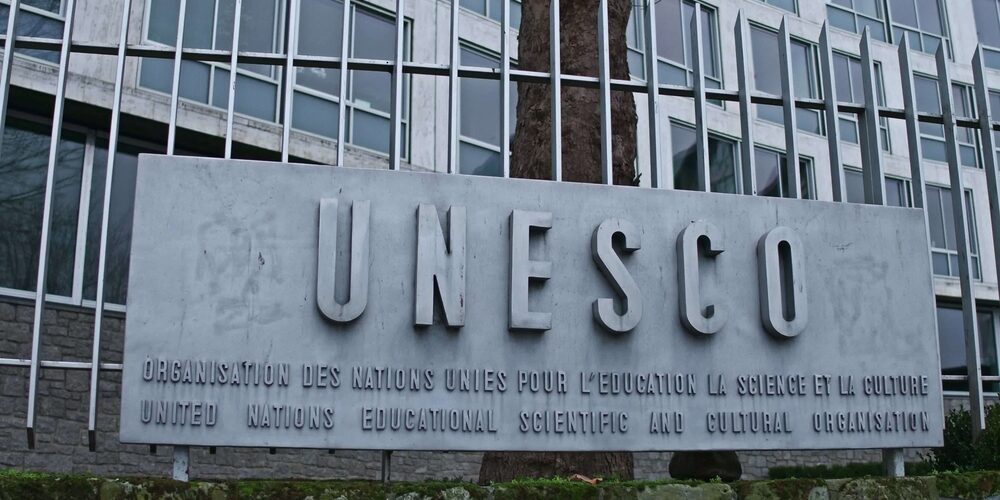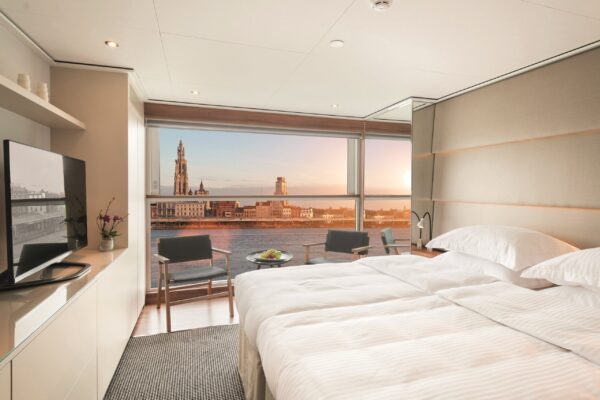UNESCO World Heritage Sites in Europe: Guardians of Human Civilization
The story of UNESCO World Heritage Sites begins with a shared vision of humanity: to protect the most extraordinary places on Earth so that future generations may experience them as we do today. Established under the United Nations Educational, Scientific and Cultural Organization (UNESCO), the World Heritage Convention was adopted in 1972 in response to a growing global awareness that cultural and natural treasures were at risk from neglect, modernization, and even destruction. The purpose of this program is not only to recognize these remarkable sites but also to preserve them under a system of international cooperation, ensuring that they are safeguarded against the passage of time and the pressures of development.
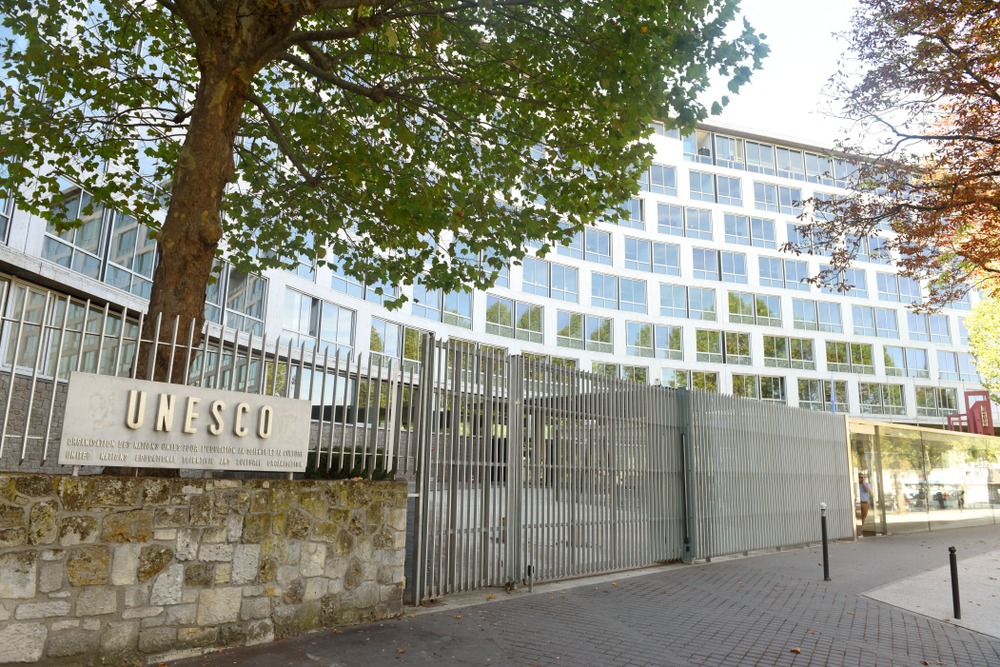
For a location to be included on the UNESCO World Heritage List, it must meet one or more of ten strict criteria, ranging from bearing exceptional testimony to a cultural tradition, to representing outstanding examples of architecture, to holding significant natural beauty or geological features. These criteria have been refined over decades, and inclusion is seen as one of the highest forms of recognition a site can receive. Being named a World Heritage Site often transforms how local communities interact with their heritage, bringing global attention, funding, and tourism opportunities, while also raising challenges of conservation and sustainable visitation. In Europe especially, where history has been etched into stone, wood, and landscape for millennia, the impact of designation has been profound—revitalizing historic cities, preserving fragile ecosystems, and deepening appreciation for cultural identity.
With this foundation in mind, we can now turn to Europe, the continent with the highest concentration of UNESCO World Heritage Sites in the world. From prehistoric cave paintings to glittering Gothic cathedrals, from Renaissance cities to rugged mountain landscapes, each site reflects not only Europe’s layered history but also humanity’s shared story. Below, we journey through some of the most significant UNESCO World Heritage Sites in Europe, exploring their inclusion, importance, and the way visitors encounter them today.
The Historic City of Rome, Italy
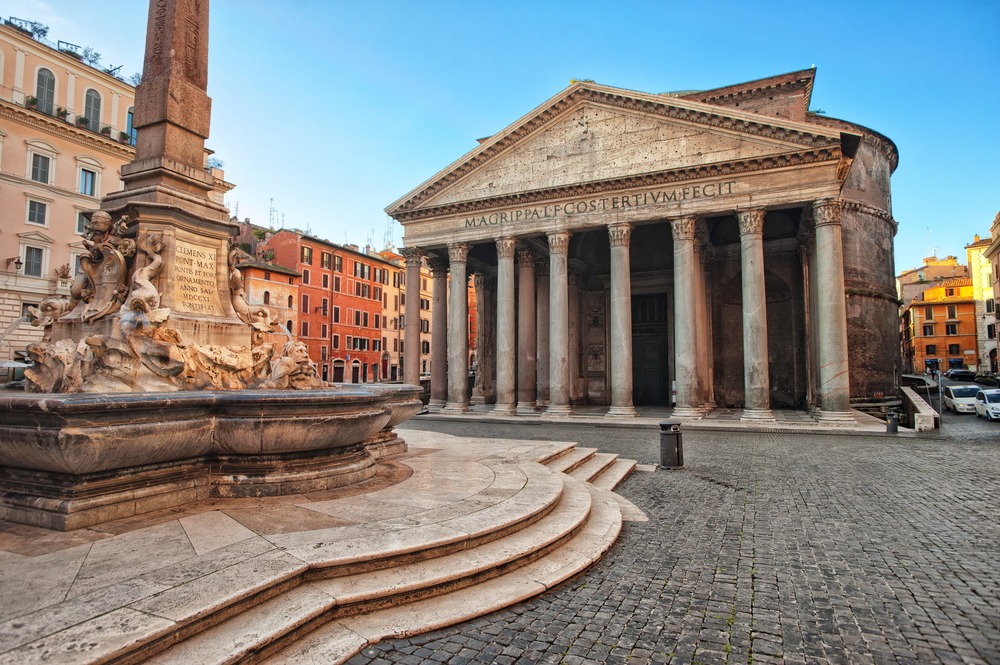
Inscribed in 1980, the Historic City of Rome is one of the crown jewels of UNESCO’s program. Few places embody the arc of Western civilization so completely, from the ruins of the Roman Forum and Colosseum to the artistic marvels of the Renaissance housed in its churches and piazzas. Rome’s inclusion recognized its unrivaled role in shaping law, architecture, language, and faith across centuries. Today, millions of travelers walk its cobblestone streets, often blending guided tours with independent exploration, while preservation efforts continue to balance mass tourism with the protection of delicate monuments.
Mont-Saint-Michel and Its Bay, France
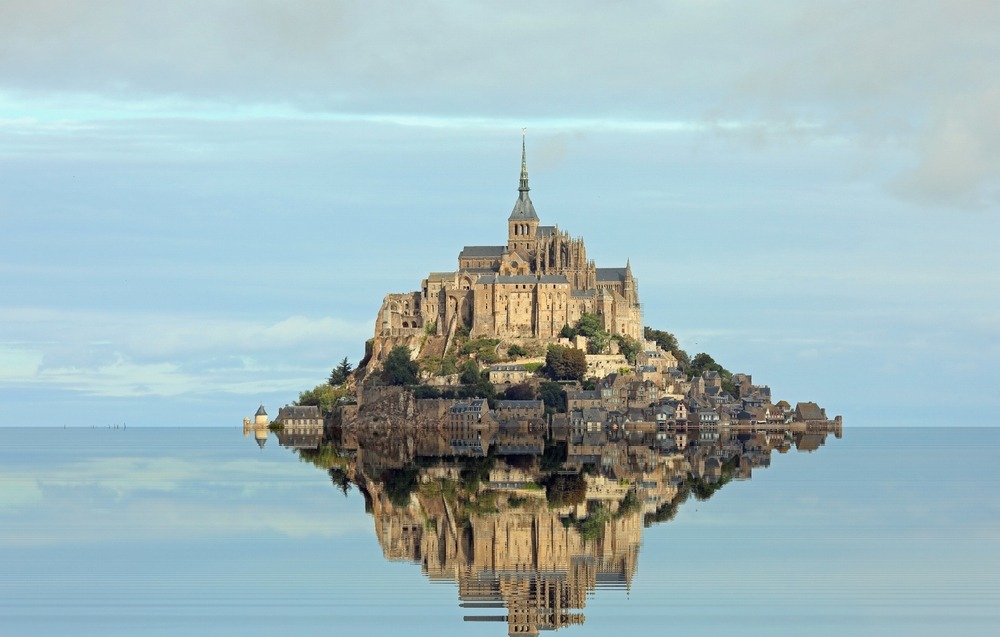
This medieval abbey, dramatically perched on a tidal island in Normandy, was inscribed in 1979. Mont-Saint-Michel represents both architectural brilliance and the enduring spiritual traditions of Europe. Rising like a vision from the sea, it has been a site of pilgrimage since the Middle Ages. Its UNESCO designation has helped preserve not only the abbey itself but also the fragile coastal ecosystem that surrounds it. Visitors marvel at the changing tides, walk across the sands, and ascend the winding streets to experience a living medieval world.
The Acropolis of Athens, Greece
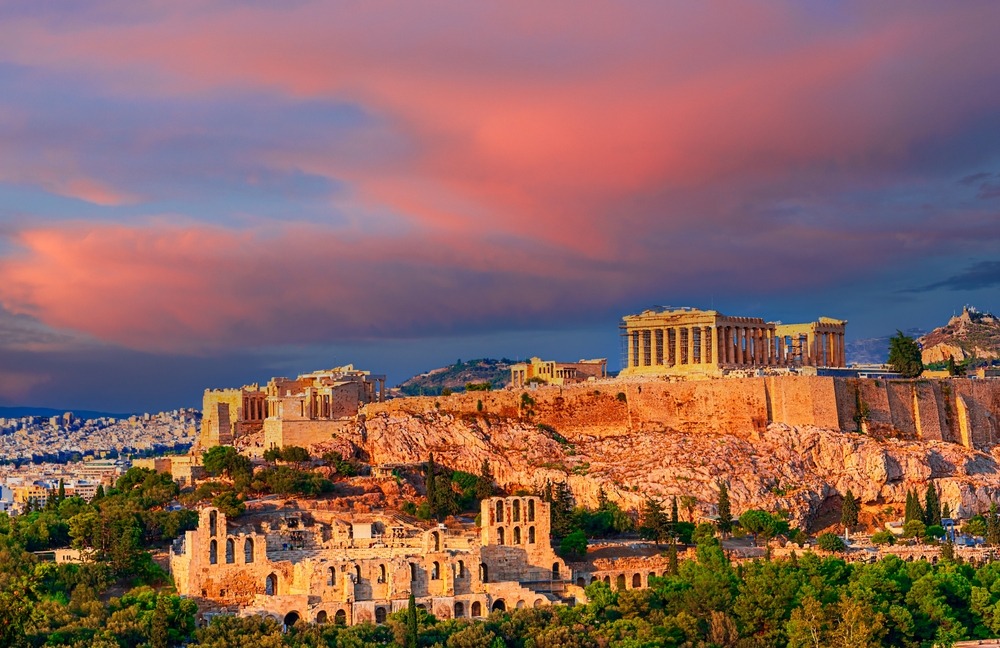
Added in 1987, the Acropolis is one of humanity’s most iconic symbols of classical antiquity. Its temples, including the Parthenon, embody ideals of democracy, philosophy, and artistic perfection that remain relevant even today. The UNESCO listing acknowledges the Acropolis as a monument not only to ancient Greek civilization but also to universal human ideals. Restoration projects continue to stabilize the structures, while visitors from across the globe climb the rocky outcrop to gaze upon Athens from its heights, often pairing the visit with the adjacent Acropolis Museum.
The Alhambra, Generalife and Albayzín, Granada, Spain
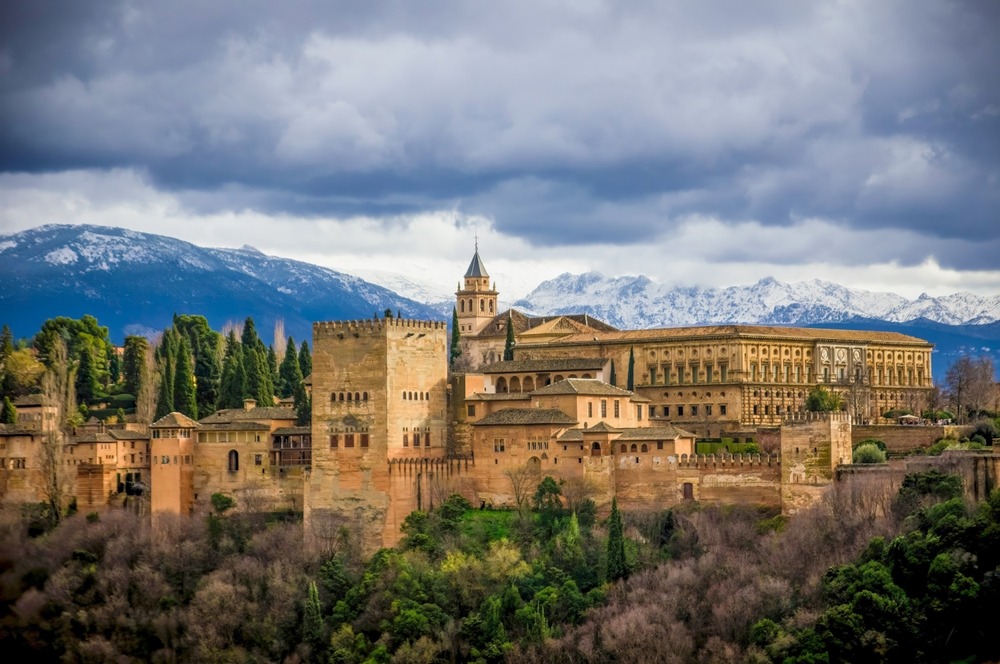
Inscribed in 1984, the Alhambra in southern Spain tells a story of cultural blending between Moorish and Christian civilizations. The intricate Islamic palaces of the Alhambra and the lush gardens of the Generalife stand in contrast to the Renaissance touches added after the Reconquista. The Albayzín quarter nearby preserves winding streets and traditional homes that echo Granada’s multi-layered history. Tourism thrives here, with guided tours highlighting Islamic calligraphy, architectural ingenuity, and the romantic tales of medieval Granada, all while UNESCO’s recognition underscores the importance of preserving this delicate cultural fusion.
Stonehenge, Avebury and Associated Sites, United Kingdom
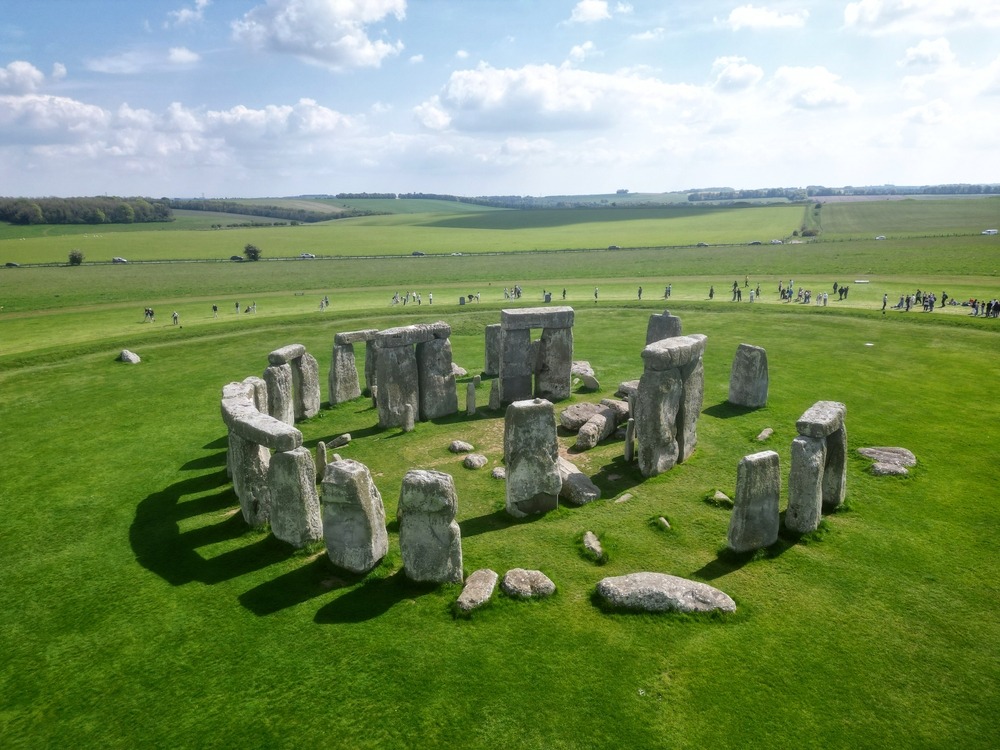
The prehistoric monuments of Stonehenge and Avebury, inscribed in 1986, remain among Europe’s most enigmatic sites. Constructed thousands of years ago, they stand as testament to the ingenuity of Neolithic peoples and their spiritual connection to the cosmos. UNESCO’s listing emphasizes their significance as ritual landscapes that influenced generations of human settlement. Modern visitors encounter Stonehenge through carefully managed tours that preserve the stones while offering immersive experiences, including solstice celebrations that connect the modern age to ancient traditions.
Historic Prague, Czech Republic
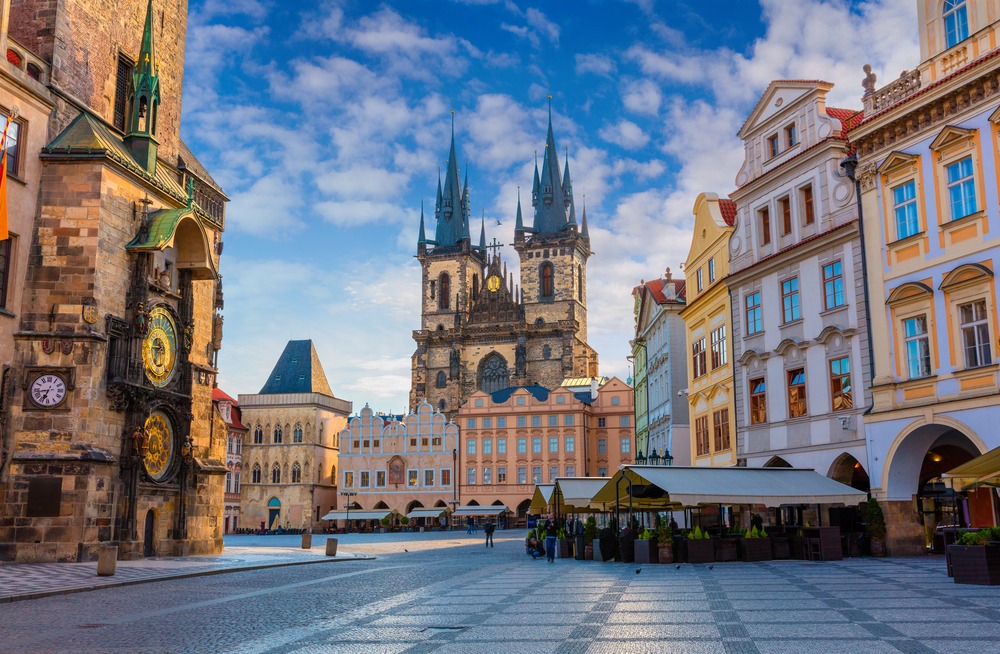
Recognized in 1992, Prague’s historic city center is often called a living museum of European architecture. From Romanesque churches to Gothic cathedrals, Baroque palaces, and Art Nouveau houses, the city is a tapestry of styles reflecting its role at the crossroads of Central Europe. The UNESCO designation has strengthened conservation efforts, particularly after political transitions in the late 20th century. Today, Prague’s Old Town Square, Charles Bridge, and Prague Castle draw millions who come not only for beauty but also to sense the resilience of a city that has endured centuries of change.
The Fjords of Norway

Inscribed in 2005, Norway’s West Norwegian Fjords, including Geirangerfjord and Nærøyfjord, represent Europe’s natural wonders within the UNESCO system. Carved by glaciers, these dramatic landscapes of towering cliffs and cascading waterfalls highlight the raw power of nature. The designation ensures that these fjords are preserved against the pressures of modern development. Visitors explore them by cruise ships, ferries, or kayaking excursions, experiencing both their grandeur and their fragile ecosystems, while local communities benefit from sustainable tourism initiatives.
The Historic City Center of Vienna, Austria
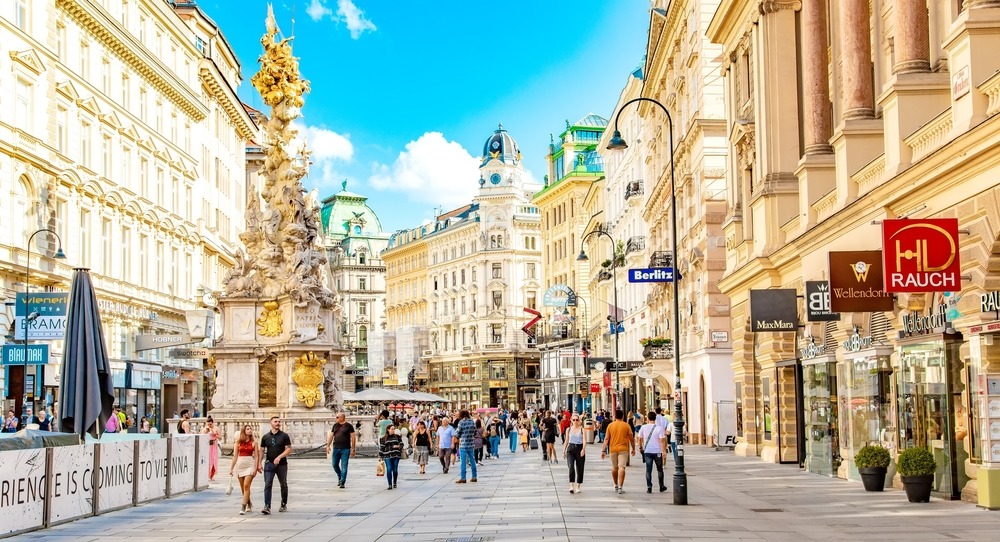
Vienna’s historic center, inscribed in 2001, celebrates a city that has long been a hub of music, politics, and empire. From the grand Ringstrasse boulevards to the Hofburg Palace and St. Stephen’s Cathedral, the cityscape reflects the cultural flowering of the Habsburg dynasty. UNESCO recognition reinforces the importance of maintaining Vienna’s character even as modern development pressures rise. Tourists today enjoy Vienna through classical concerts, café culture, and guided walks that reveal centuries of artistic innovation.
The Historic City of Florence, Italy
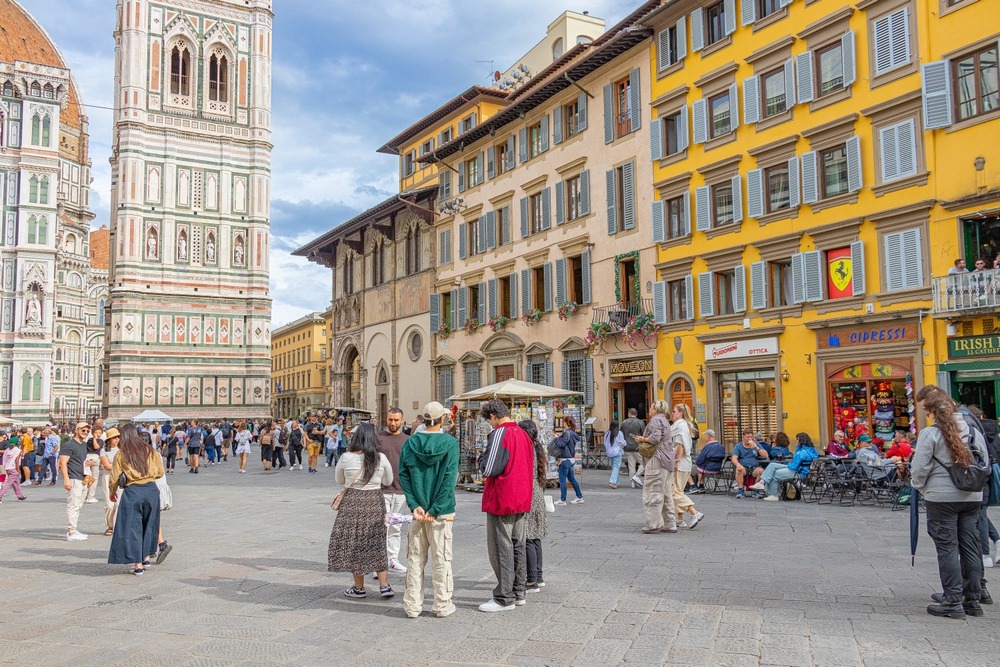
Inscribed in 1982, Florence’s historic center is often described as the cradle of the Renaissance. The city’s influence on art, architecture, science, and philosophy changed the trajectory of Europe and the world. Landmarks like the Cathedral of Santa Maria del Fiore, with its iconic dome designed by Brunelleschi, and the Uffizi Gallery, home to masterpieces by Botticelli and Michelangelo, showcase its cultural legacy. Today, Florence is one of Europe’s most visited cities, drawing travelers who wander its narrow streets, admire its frescoes, and immerse themselves in the atmosphere that inspired geniuses like Leonardo da Vinci.
Auschwitz-Birkenau, German Nazi Concentration Camp, Poland
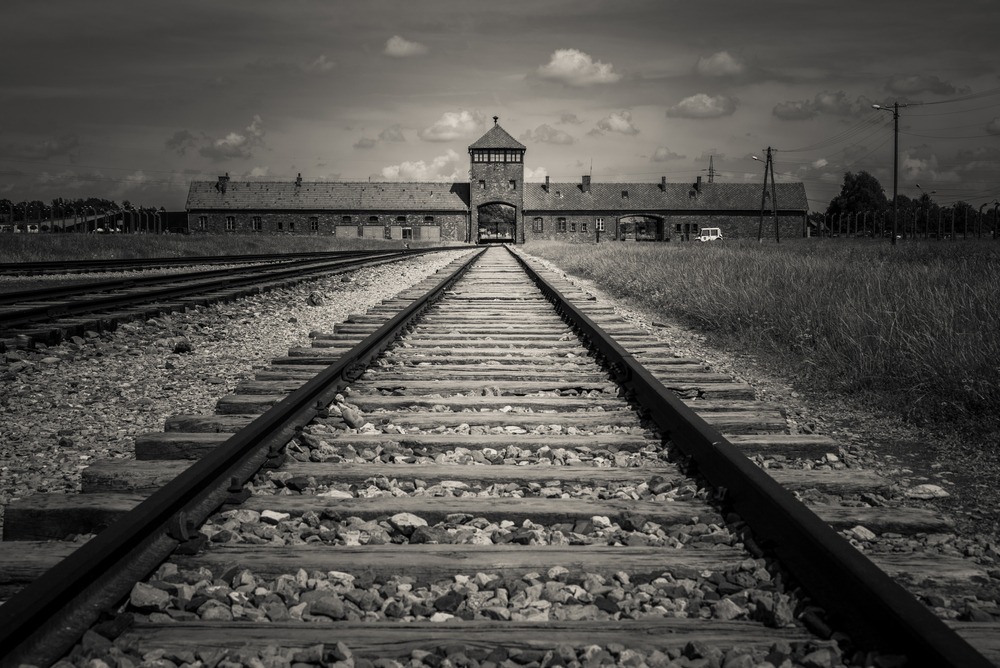
Inscribed in 1979, Auschwitz-Birkenau is one of the most solemn UNESCO World Heritage Sites in Europe. Established by Nazi Germany during World War II, it stands as a symbol of the Holocaust and the atrocities committed against millions of people. UNESCO emphasized its importance as a place of memory and testimony, ensuring that future generations confront the horrors of genocide. Today, Auschwitz receives millions of visitors annually, many joining guided tours that emphasize remembrance, education, and the moral responsibility to prevent such tragedies again.
The Tower of London, United Kingdom
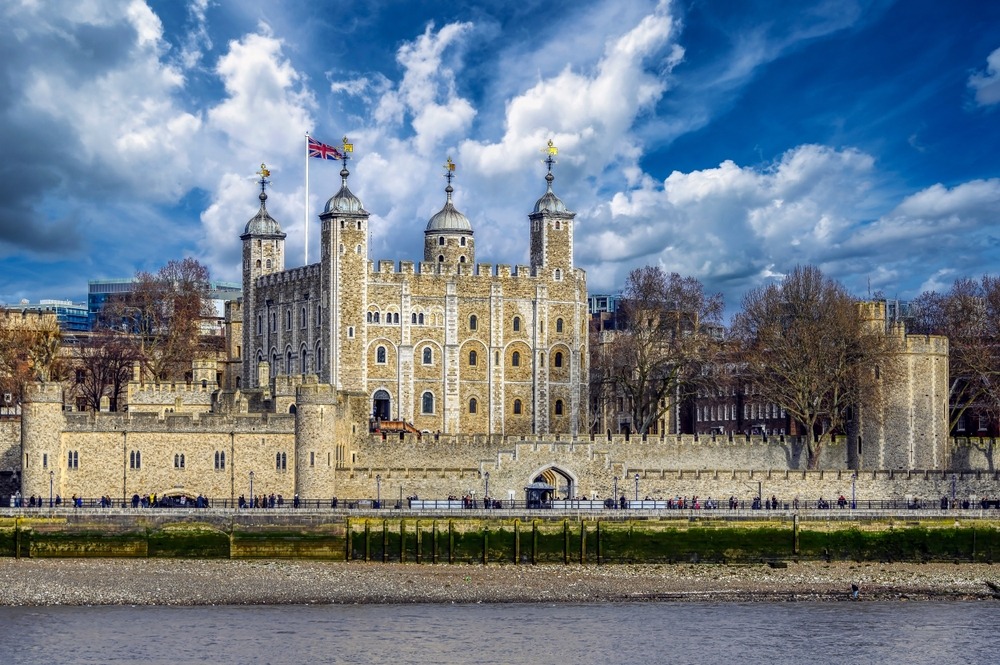
Recognized in 1988, the Tower of London is both a fortress and a symbol of power. Built by William the Conqueror in the 11th century, it has served as a royal residence, treasury, armory, and notorious prison. Its UNESCO status highlights its role in British and European history. Today, visitors are drawn to the Crown Jewels, the tales of imprisonment and execution, and the legendary Yeoman Warders, whose tours blend humor with history.
Historic City of Bruges, Belgium
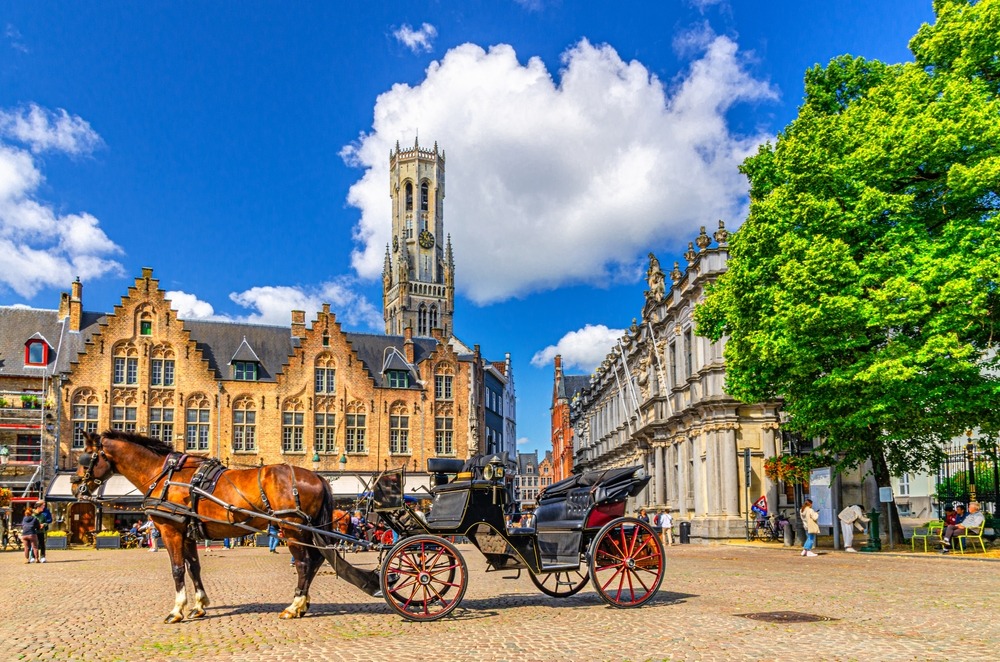
Inscribed in 2000, Bruges is often called the “Venice of the North” for its picturesque canals and medieval architecture. The city flourished as a commercial hub in the Middle Ages, leaving behind guild halls, cobbled streets, and grand squares. Its UNESCO recognition emphasizes how Bruges preserves the fabric of a medieval trading city. Tourism here is vibrant, with canal boat tours, horse-drawn carriages, and exploration of Flemish art traditions creating an atmosphere that feels both intimate and timeless.
The Vatican City
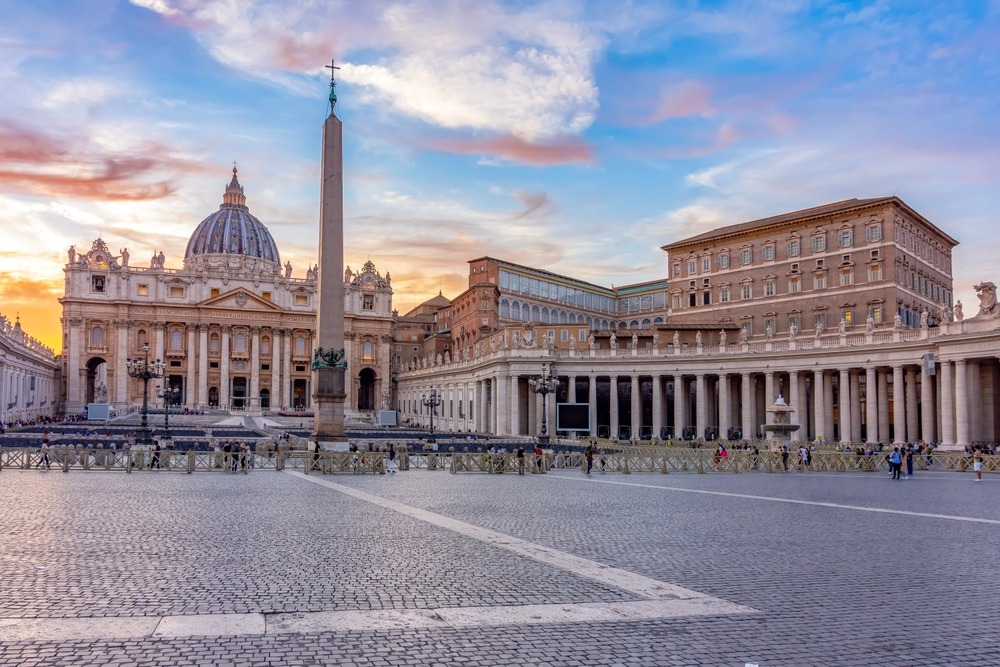
Though the smallest independent state in the world, Vatican City was inscribed in 1984 for its extraordinary cultural and religious significance. St. Peter’s Basilica, the Vatican Museums, and the Sistine Chapel—painted by Michelangelo—represent some of humanity’s greatest artistic achievements. UNESCO highlighted its role as the spiritual heart of the Catholic Church and as a repository of masterpieces. Today, visitors from around the globe flock to Vatican City, often joining guided tours that weave together theology, art, and history.
Historic Areas of Istanbul, Turkey
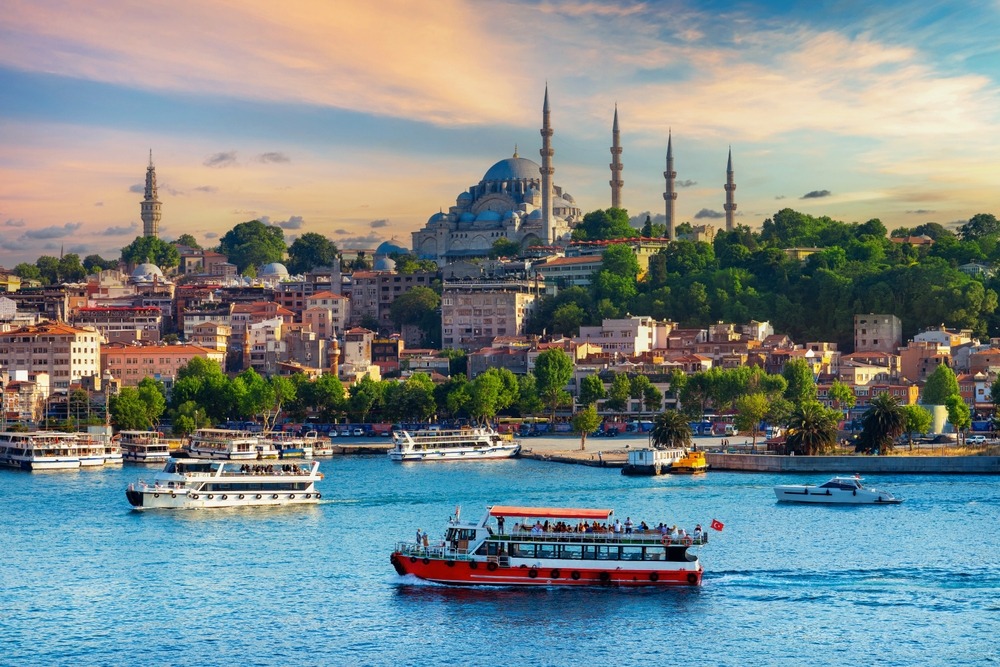
Inscribed in 1985, Istanbul’s historic areas span the city’s Byzantine and Ottoman heritage. Landmarks like Hagia Sophia, the Blue Mosque, and Topkapi Palace showcase the city’s role as a bridge between Europe and Asia. UNESCO recognition underscores its role as a crossroads of civilizations, where cultures and religions converged over centuries. Today, visitors stroll through the Grand Bazaar, cruise the Bosphorus, and walk through neighborhoods that reveal layers of history in every stone.
The Historic Old Town and Castle Mount of Kraków, Poland
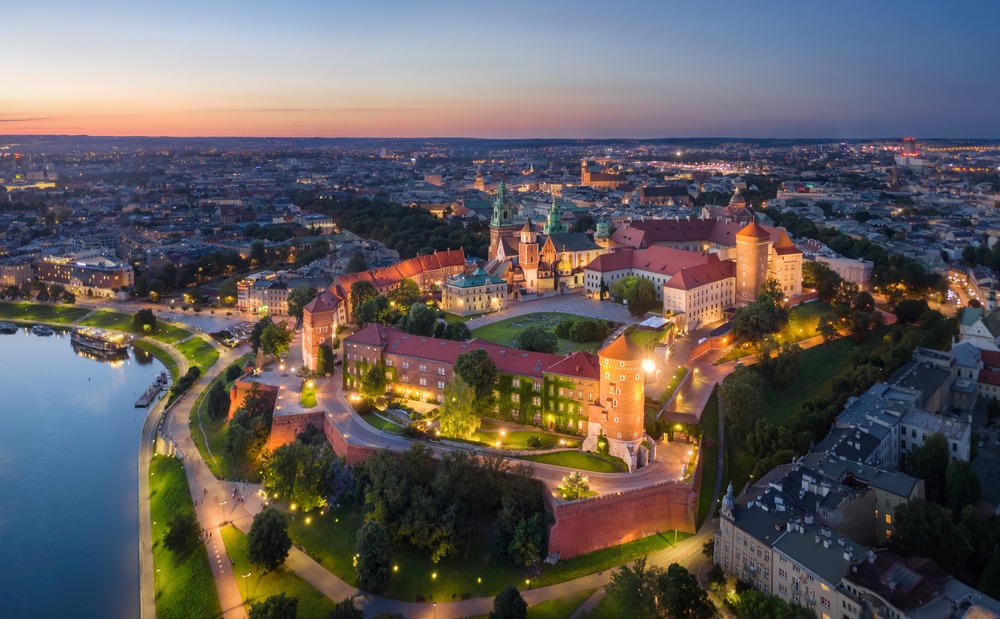
Added to the list in 1978, Kraków was among the first twelve sites recognized by UNESCO. Once the capital of Poland, the city’s medieval Old Town, Wawel Castle, and Kazimierz (the historic Jewish quarter) exemplify the continuity of cultural and architectural traditions. The UNESCO designation has supported Kraków’s preservation and its development as a major cultural destination. Travelers today are charmed by its Market Square, vibrant café culture, and poignant history.
The Palace and Park of Versailles, France
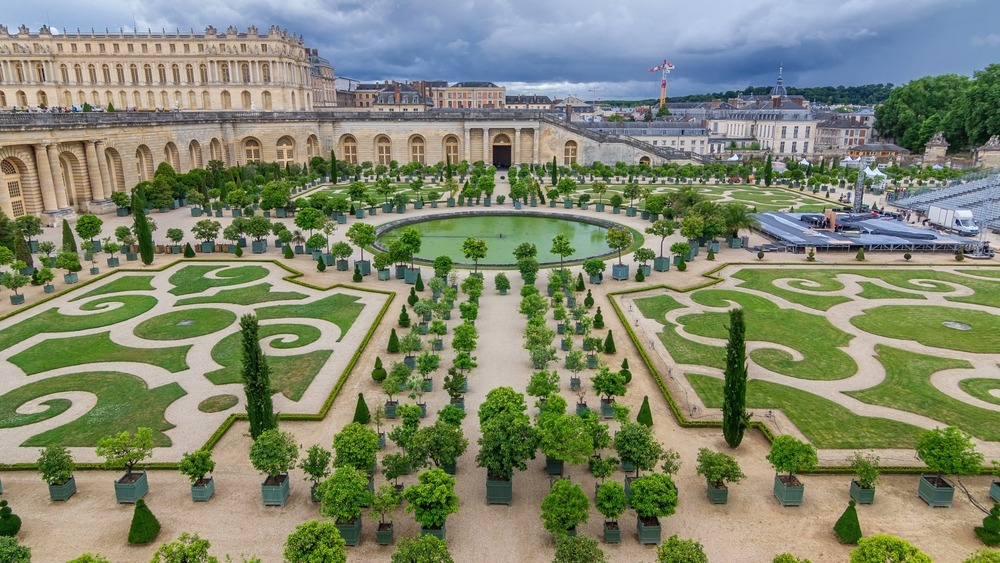
Recognized in 1979, the Palace of Versailles represents the absolute power of the French monarchy under Louis XIV. With its Hall of Mirrors, vast gardens, and fountains, Versailles epitomized Baroque grandeur and influenced palatial architecture across Europe. UNESCO’s designation helps maintain both the palace and the meticulously designed gardens. Modern travelers tour its opulent halls and expansive grounds, often reflecting on the political and cultural shifts that began here and reshaped Europe.
Historic Salzburg, Austria
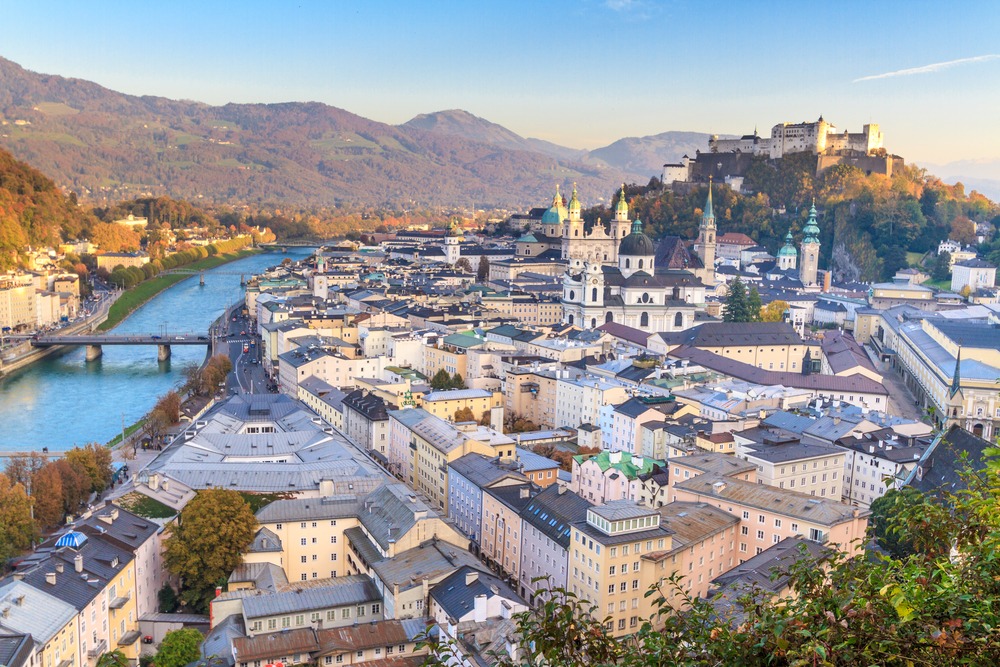
Inscribed in 1996, Salzburg is celebrated for both its Baroque architecture and its association with Wolfgang Amadeus Mozart. The city reflects centuries of ecclesiastical power as well as artistic flourishing. UNESCO recognition highlights its unique blend of Alpine landscapes and cultural heritage. Tourists today enjoy concerts, guided walking tours, and festivals that keep Salzburg’s musical and architectural traditions alive.
The City of Bath, United Kingdom
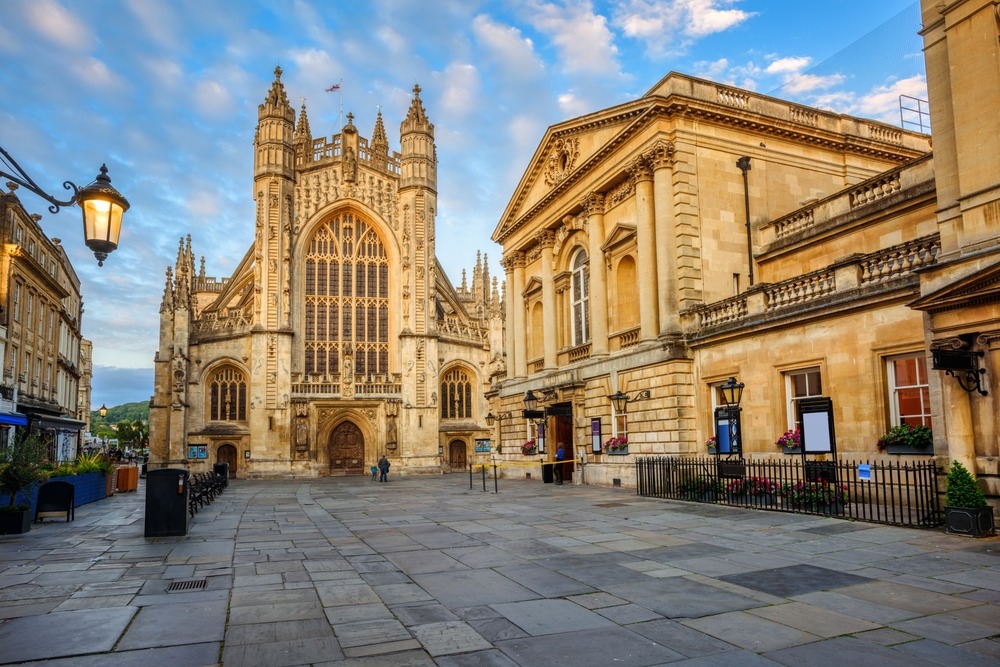
Added in 1987, Bath is recognized for its Roman baths, Georgian architecture, and urban design. The hot springs that made Bath famous in antiquity were later embraced by 18th-century society, creating a city that epitomized elegance and leisure. UNESCO acknowledges Bath as a rare example of a city that evolved around its natural and cultural resources. Visitors tour the Roman Baths, marvel at the Royal Crescent, and enjoy the city’s continuing spa traditions.
The Historic City Center of San Gimignano, Italy
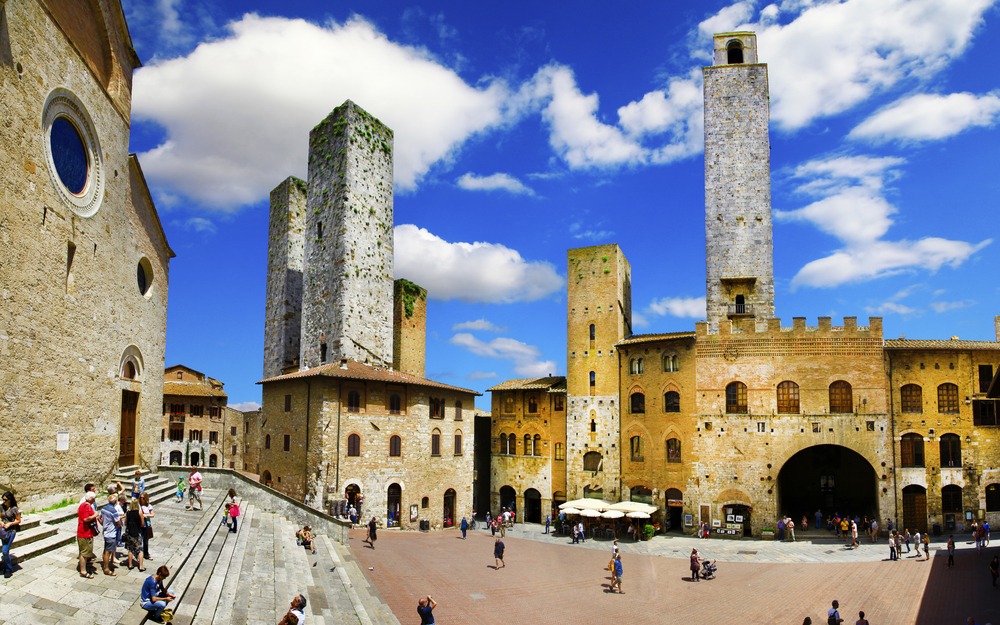
Inscribed in 1990, San Gimignano in Tuscany is famed for its medieval towers, once symbols of family power and prestige. Though only a fraction of the original towers remain, they give the city a striking skyline. UNESCO emphasized San Gimignano’s importance as a preserved medieval urban ensemble. Today, it is a popular stop on Tuscan tours, with travelers exploring its winding alleys, artisan shops, and vineyards nearby.
The Historic Canal Ring of Amsterdam, Netherlands
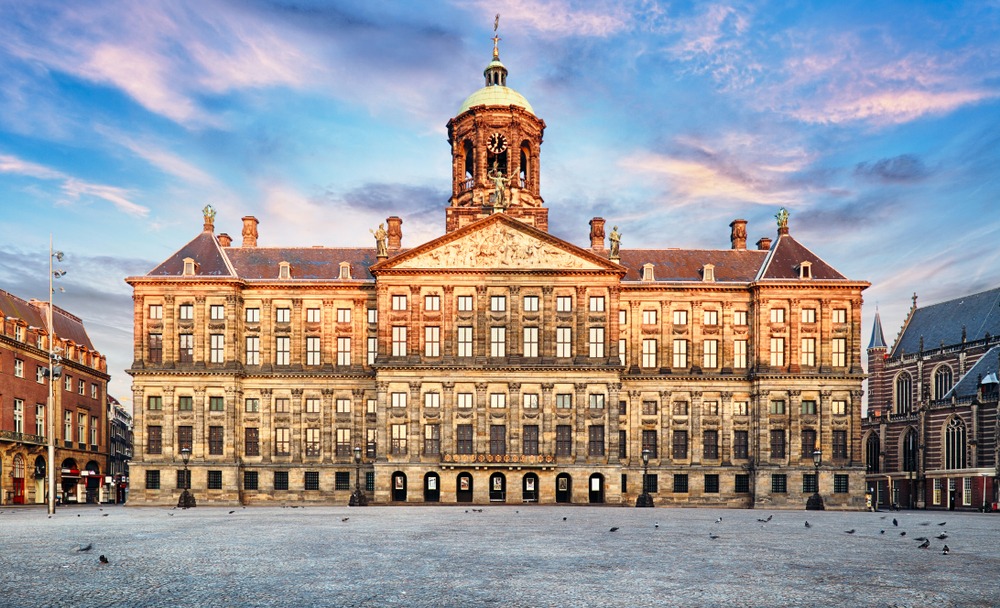
Inscribed in 2010, Amsterdam’s canal ring, built during the Dutch Golden Age of the 17th century, reflects one of the most ambitious feats of urban planning in Europe. The city became a hub of global trade, art, and scientific thought, leaving behind a legacy of townhouses, warehouses, and waterways that remain largely intact today. Travelers often explore Amsterdam by canal boat, bicycle, or on foot, admiring museums like the Rijksmuseum and Van Gogh Museum while appreciating the role this city played in shaping modern commerce and culture.
The Historic City of Budapest, Hungary
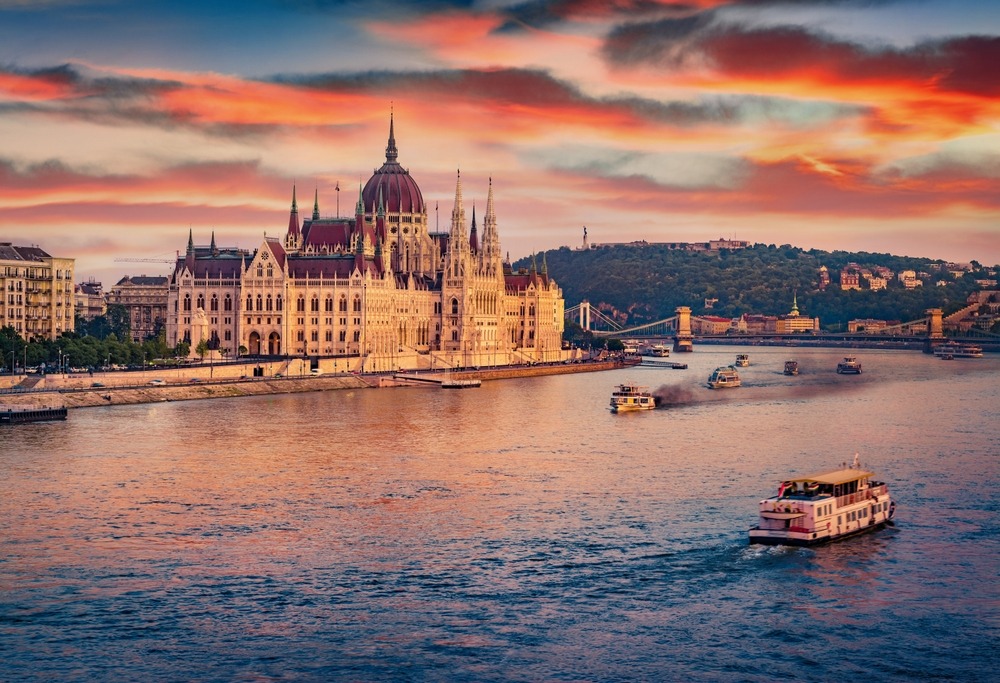
Added to the UNESCO list in 1987, Budapest straddles the Danube River with a dramatic skyline defined by Buda Castle, Matthias Church, and the Parliament building. The city reflects centuries of cultural fusion between East and West. Its thermal baths, fed by natural springs, continue traditions stretching back to Roman times. UNESCO recognized Budapest not only for its architecture but also for its historic urban landscape. Visitors today explore Castle Hill, cruise the Danube at night, and soak in thermal spas that make the city both elegant and rejuvenating.
Historic Tallinn, Estonia
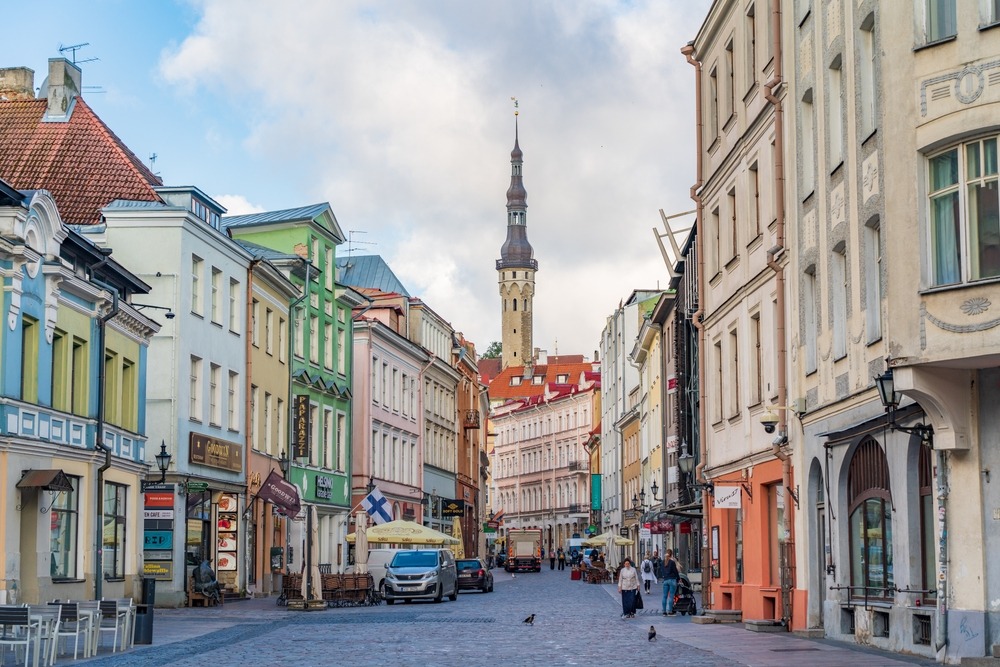
Inscribed in 1997, Tallinn’s Old Town remains one of the best-preserved medieval trading cities in Northern Europe. Its Hanseatic history is evident in merchant houses, guild halls, and its defensive walls. UNESCO recognized Tallinn’s ability to maintain continuity despite wars and political upheavals. Today, travelers wander cobbled streets, climb medieval towers, and enjoy cafés nestled in Gothic buildings, experiencing a city where history feels alive.
The Historic Old Town Dubrovnik, Croatia
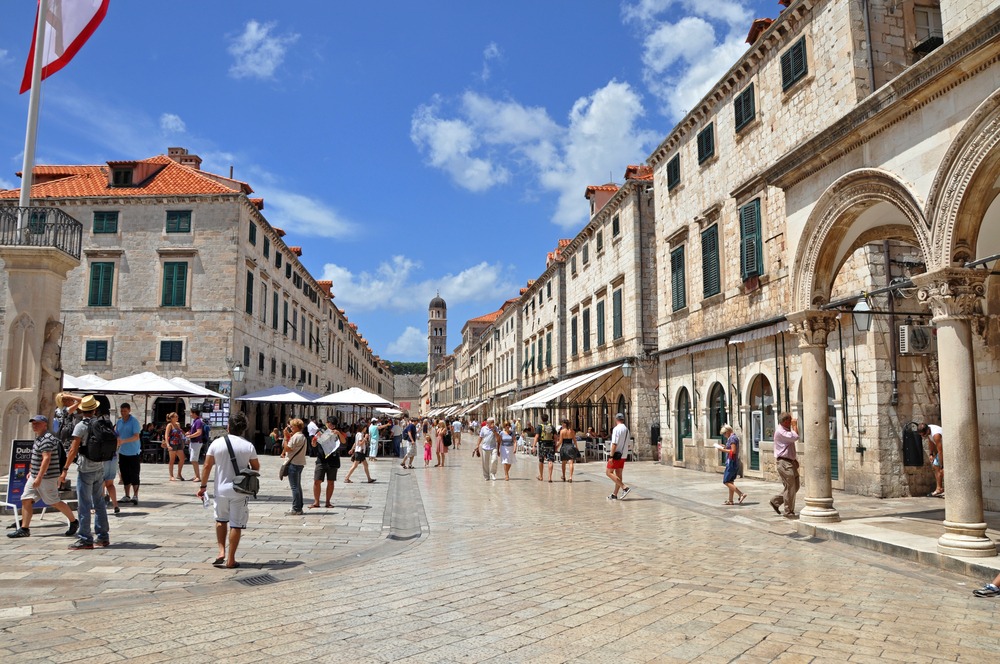
Inscribed in 1979, Dubrovnik—known as the “Pearl of the Adriatic”—represents a maritime republic that rivaled Venice in wealth and influence. Its massive stone walls, baroque palaces, and churches embody both resilience and beauty. Severely damaged in the 1990s, Dubrovnik has been painstakingly restored under UNESCO guidance. Today, it is a thriving tourist destination, drawing cruise passengers, history enthusiasts, and fans of popular culture thanks to its role as a filming location for Game of Thrones.
The Historic City of Córdoba, Spain
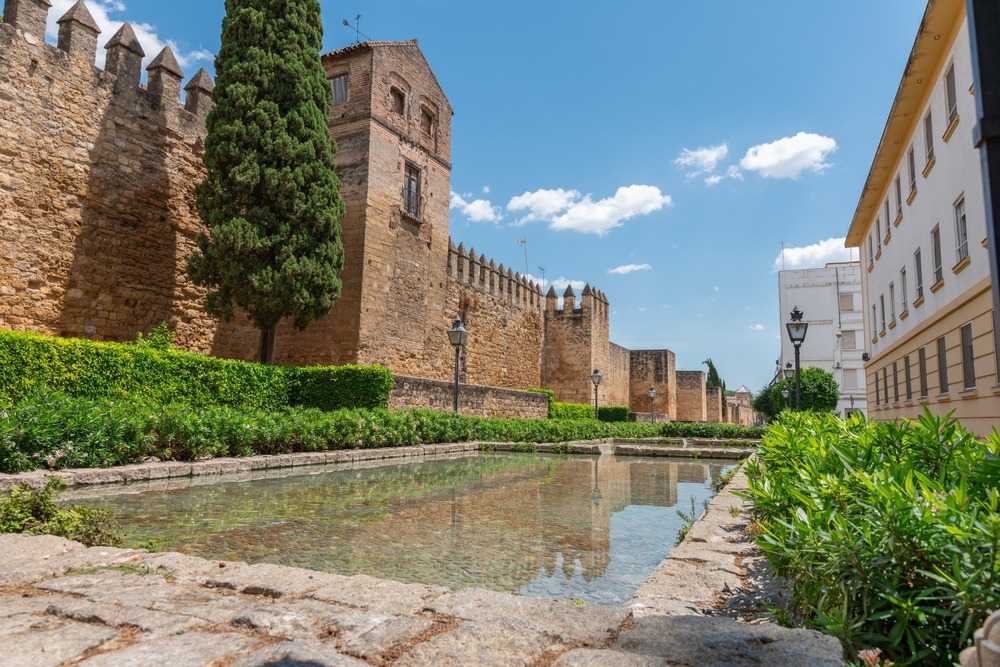
Added in 1984, Córdoba is famed for its Great Mosque-Cathedral, a masterpiece of Islamic architecture that later became a Christian cathedral. The UNESCO listing recognizes Córdoba’s unique role as a center of learning, philosophy, and interfaith coexistence during the Middle Ages. Today, visitors explore the Mezquita’s forest of arches, stroll through courtyards during the annual flower festival, and discover the city’s Jewish quarter, experiencing a layered history that shaped Europe.
The Historic City of Riga, Latvia
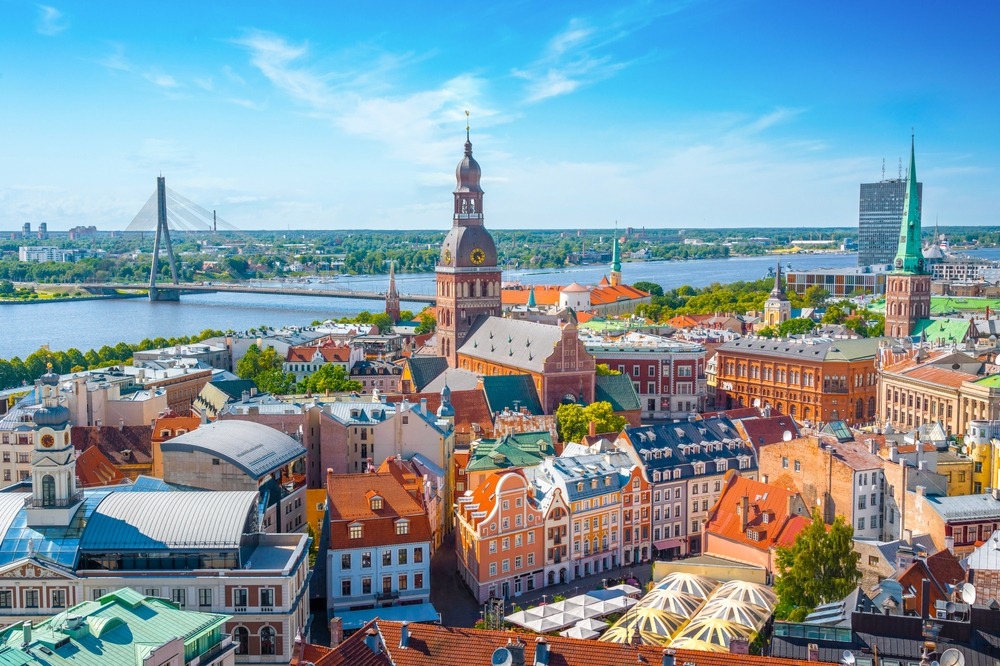
Inscribed in 1997, Riga is celebrated for its Art Nouveau architecture and medieval Old Town. The city’s UNESCO designation highlights its role as a Hanseatic trading hub and as one of Europe’s richest collections of 19th–20th century architecture. Travelers today tour Riga’s eclectic streetscapes, from Gothic churches to Jugendstil facades, enjoying a vibrant Baltic capital that fuses history with modern culture.
Historic Siena, Italy
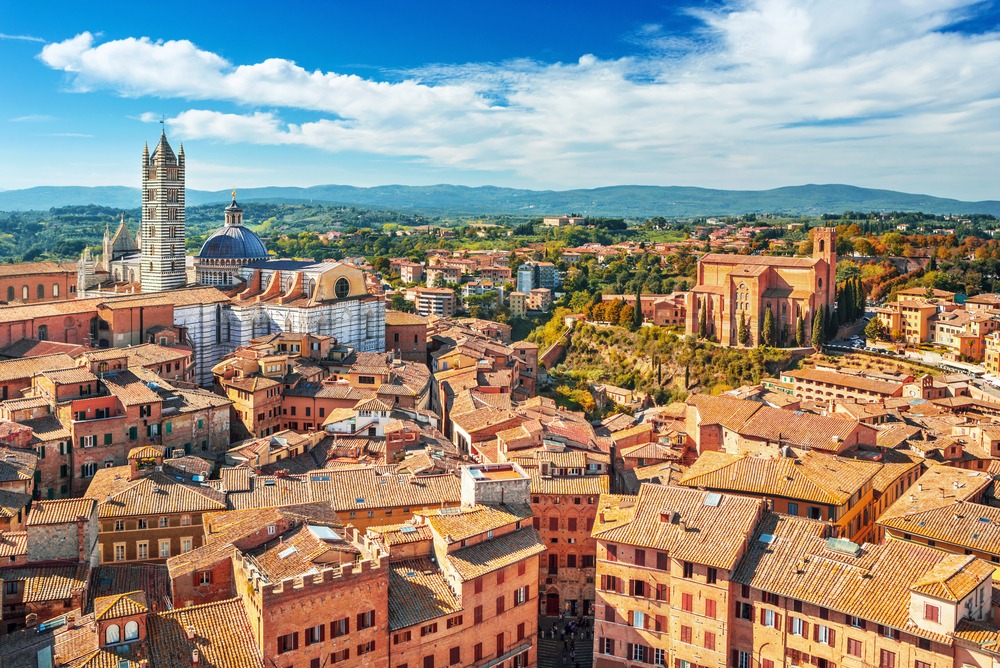
Recognized in 1995, Siena embodies the power and artistry of medieval Italy. Its central Piazza del Campo, famed for the Palio horse race, is surrounded by Gothic palaces and the towering Siena Cathedral. UNESCO cited Siena’s success in preserving its Gothic cityscape and civic traditions. Visitors experience Siena through its lively festivals, artistic treasures, and the atmosphere of a city that once rivaled Florence for dominance in Tuscany.
The Historic Sites of Lisbon, Portugal (Belém Tower and Jerónimos Monastery)
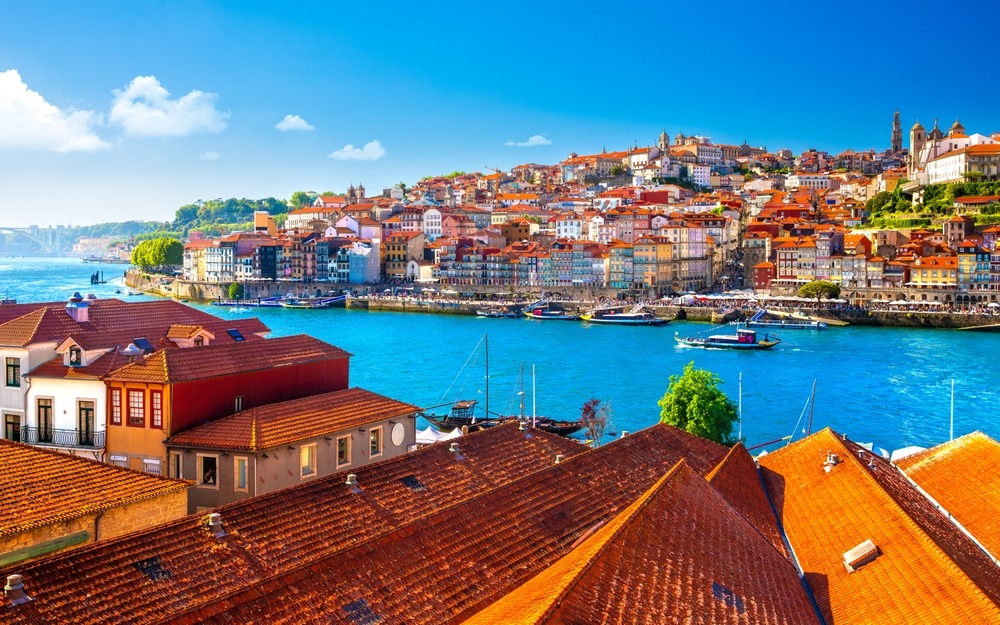
Inscribed in 1983, Lisbon’s waterfront monuments reflect Portugal’s Age of Discoveries. The Belém Tower and Jerónimos Monastery were constructed to celebrate the voyages that opened global sea routes in the 15th and 16th centuries. These sites highlight Portugal’s maritime heritage and architectural splendor. Visitors today explore the monastery’s cloisters, climb the tower overlooking the Tagus River, and enjoy the nearby neighborhood of Belém, famous for its custard tarts (pastéis de nata).
The Historic City Edinburgh, Scotland, United Kingdom
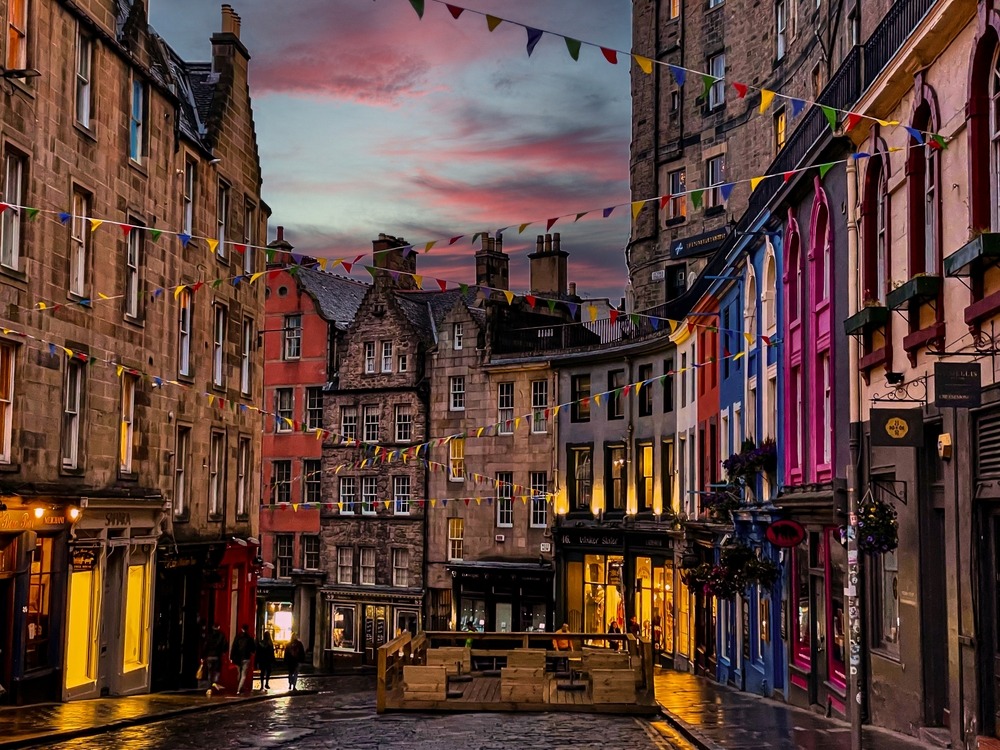
Added in 1995, Edinburgh’s Old Town and New Town represent an extraordinary contrast of medieval and Enlightenment urban design. The Old Town retains its winding closes and fortress-like castle, while the New Town showcases neoclassical avenues from the 18th century. UNESCO emphasized Edinburgh’s role as a cultural and intellectual capital. Modern tourism flourishes during the Edinburgh Festival, while the Royal Mile, Holyrood Palace, and Arthur’s Seat draw year-round visitors.
The Historic Old-Twon of Warsaw, Poland
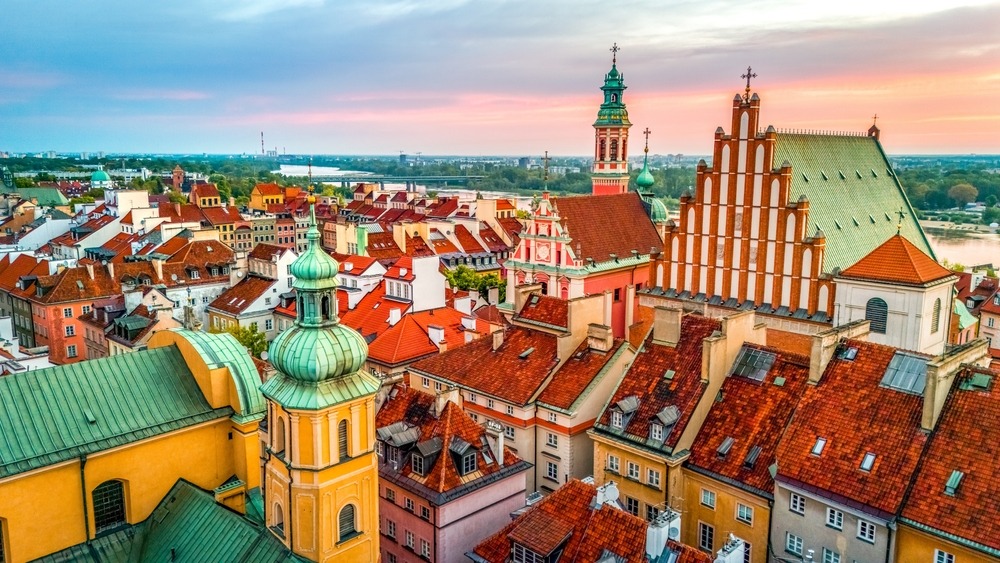
Inscribed in 1980, Warsaw’s Old Town is a symbol of resilience. Nearly destroyed during World War II, it was meticulously reconstructed in the decades that followed, earning UNESCO recognition as a rare example of a faithful urban restoration. Today, visitors admire the colorful facades of Market Square, explore royal palaces, and learn how Warsaw rebuilt itself from the ashes to become a cultural hub once again.
The Historic Central Square of Brussels, Belgium
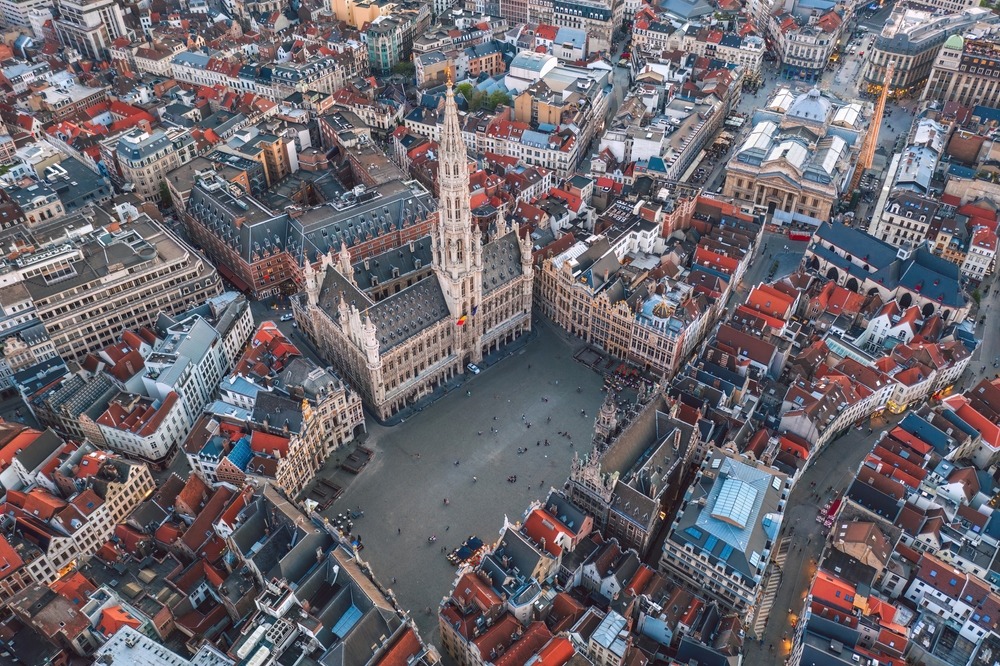
Recognized in 1998, Brussels’ Grand-Place is one of Europe’s most stunning squares, with opulent guild houses and a Gothic town hall. The site represents the civic pride and wealth of medieval Brussels. Today, the square is the heart of the Belgian capital, hosting festivals, concerts, and seasonal markets, drawing travelers into its lively cultural life.
The Historic City of Luxembourg City, Luxembourg
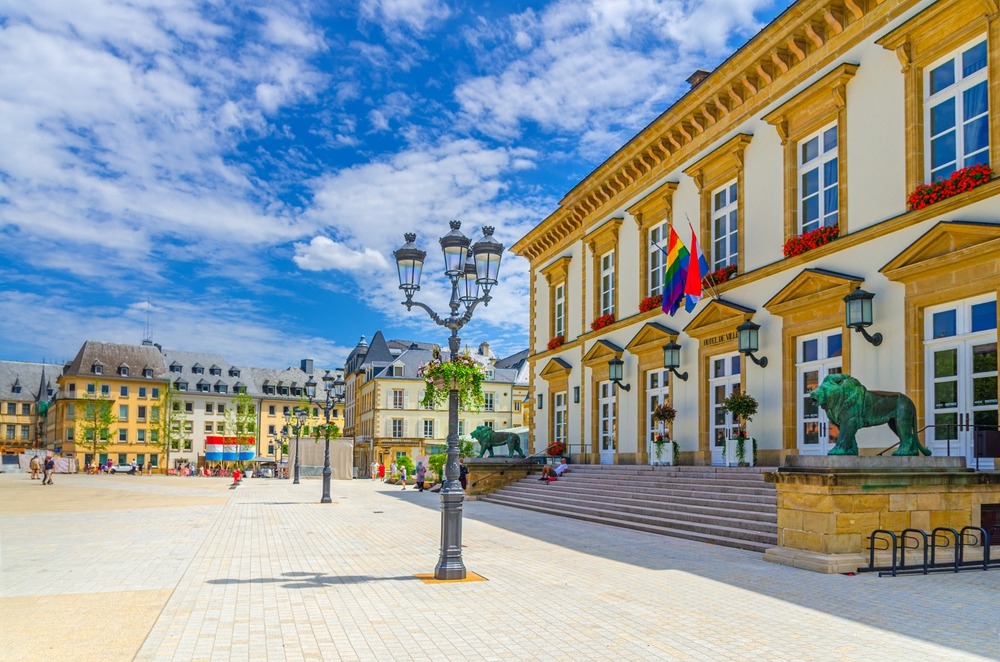
Inscribed in 1994, Luxembourg’s Old Town showcases one of Europe’s most impressive fortified cities, with layered defenses built over centuries. Its UNESCO status emphasizes the blending of cultural influences due to the city’s strategic location. Visitors today explore the Bock Casemates, walk through leafy valleys, and experience the cosmopolitan spirit of this small but influential capital.
The Historic San Marino, San Marino
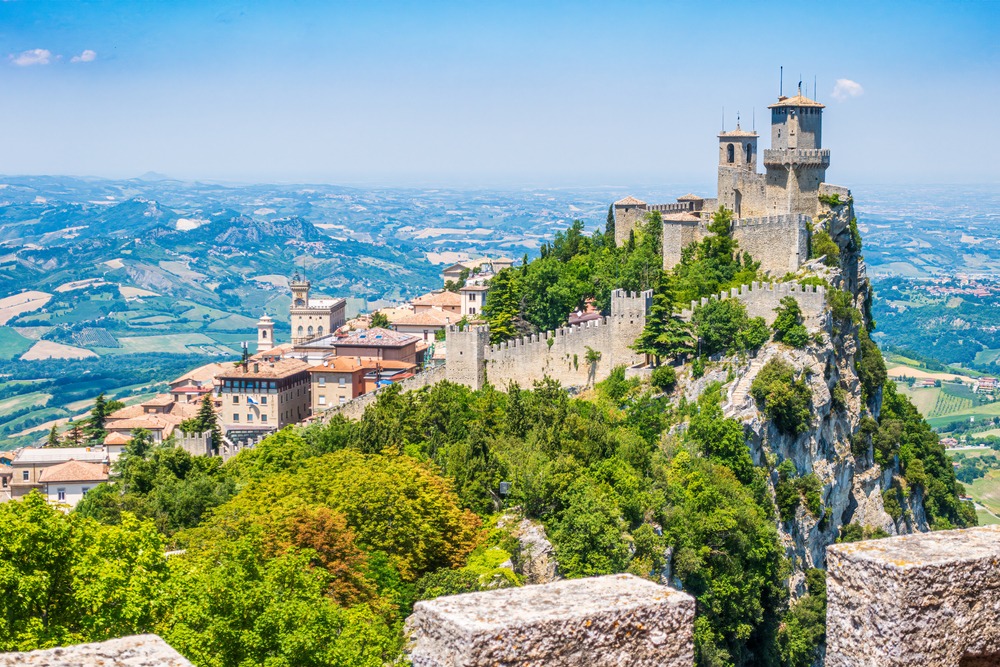
Added in 2008, the historic city of San Marino, along with Mount Titano, represents one of the world’s oldest republics, founded in the 4th century. Its fortresses, basilicas, and towers reflect centuries of independence. Tourists today climb its medieval walls, admire panoramic views over Italy, and celebrate a tradition of liberty that still defines this microstate.
Historic Streets of Valletta, Malta
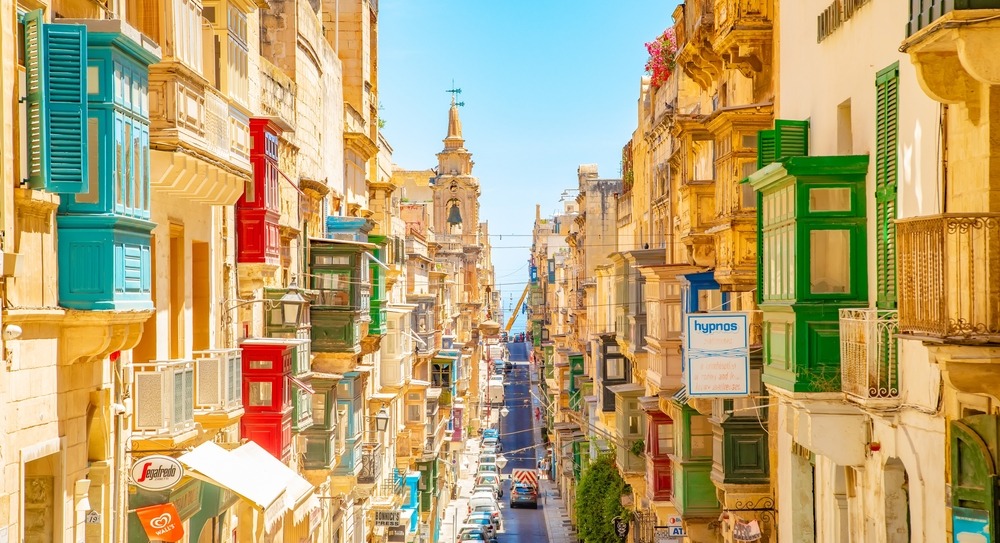
Inscribed in 1980, Valletta was built by the Knights of St. John after the Great Siege of 1565. Its Baroque cityscape, bastions, and palaces reflect a unique blend of military and artistic achievement. UNESCO emphasized Valletta’s influence on early modern urban planning. Visitors today enjoy walking tours of St. John’s Co-Cathedral, harbor cruises, and lively piazzas, making Valletta a Mediterranean treasure.
The Historic City of Verona, Italy
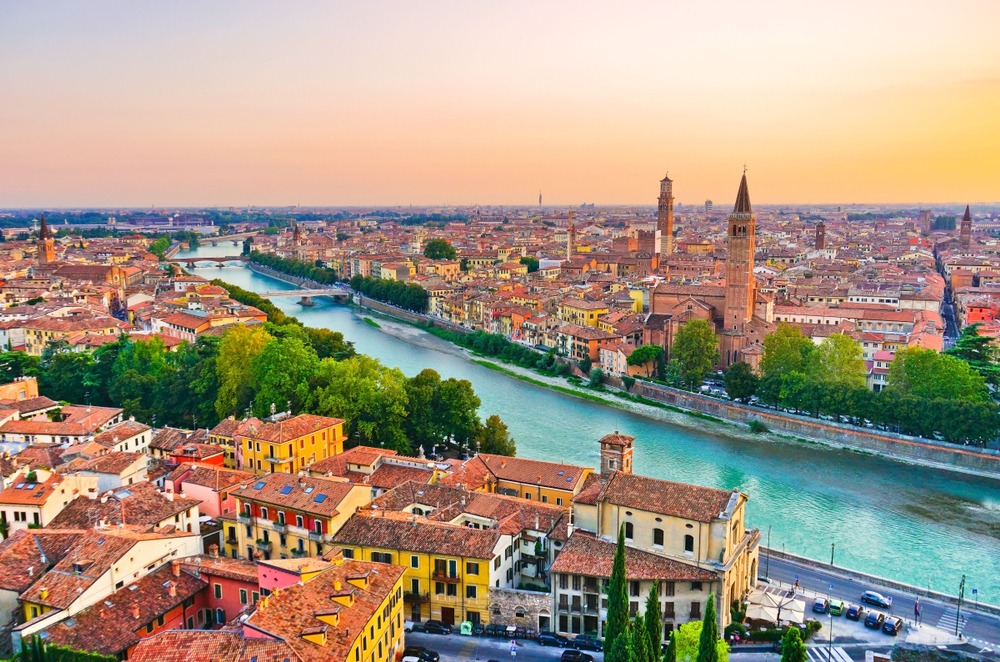
Added in 2000, Verona reflects both Roman antiquity and medieval civic pride. The city’s amphitheater, still used for opera performances, and its association with Shakespeare’s Romeo and Juliet give it worldwide fame. UNESCO highlighted Verona’s ability to preserve monuments across eras. Travelers today experience a city alive with festivals, markets, and timeless romance.
The Historic City of Lyon, France
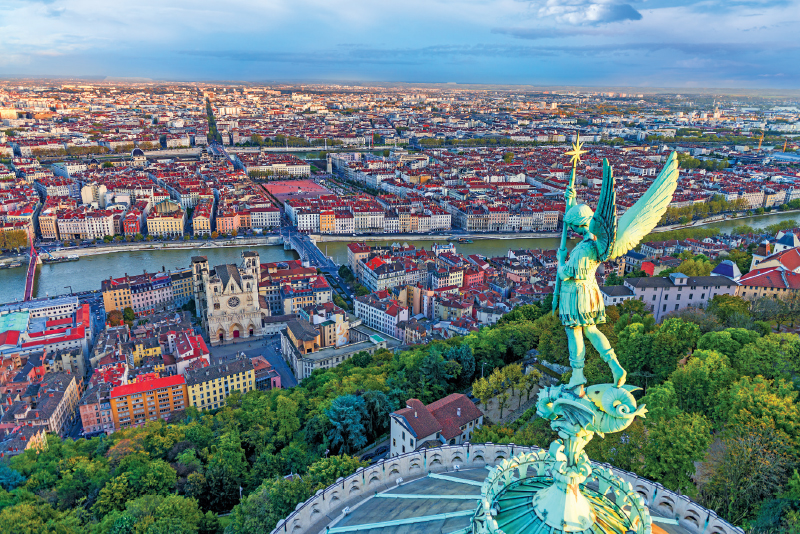
Inscribed in 1998, Lyon represents two thousand years of urban development, from Roman theaters to Renaissance silk workshops. Its UNESCO designation celebrates the continuity of urban life across centuries. Today, travelers explore the traboules (hidden passageways), dine in traditional bouchons, and experience Lyon’s reputation as a gastronomic capital.
The Historic Center of Bordeaux, France
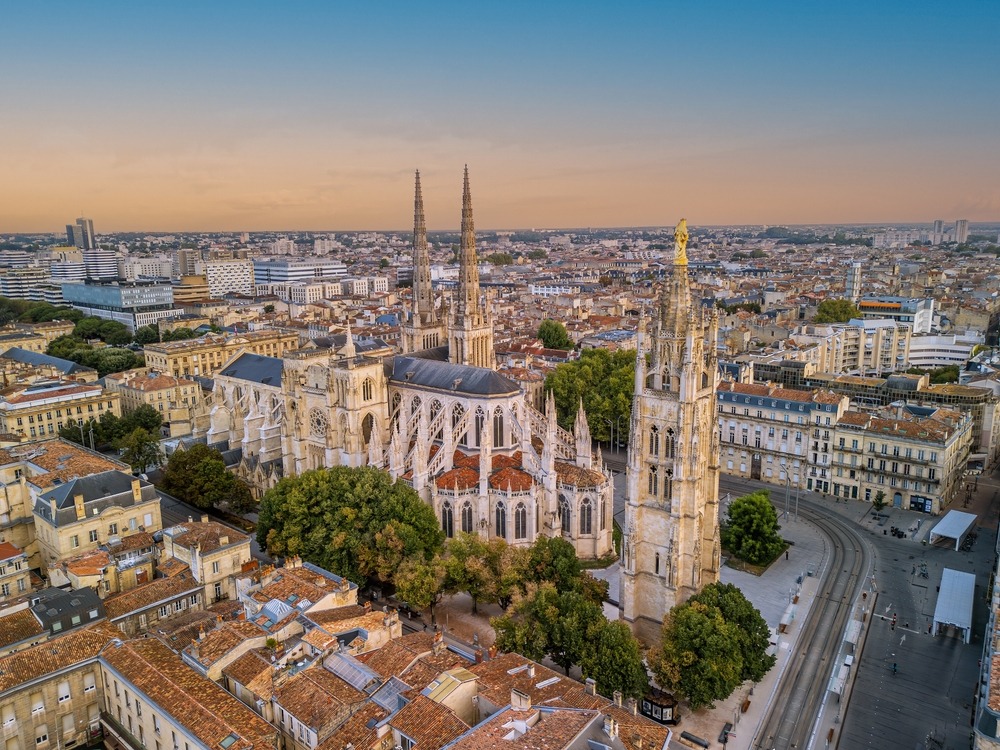
Recognized in 2007, Bordeaux’s historic center reflects the grandeur of Enlightenment-era urban planning. Its broad avenues, riverfront, and harmonious architecture earned UNESCO status as a model of classical and neoclassical design. Today, Bordeaux thrives as a wine capital, where visitors tour vineyards by day and stroll through elegant boulevards by night.
The Historic City of Avignon, France
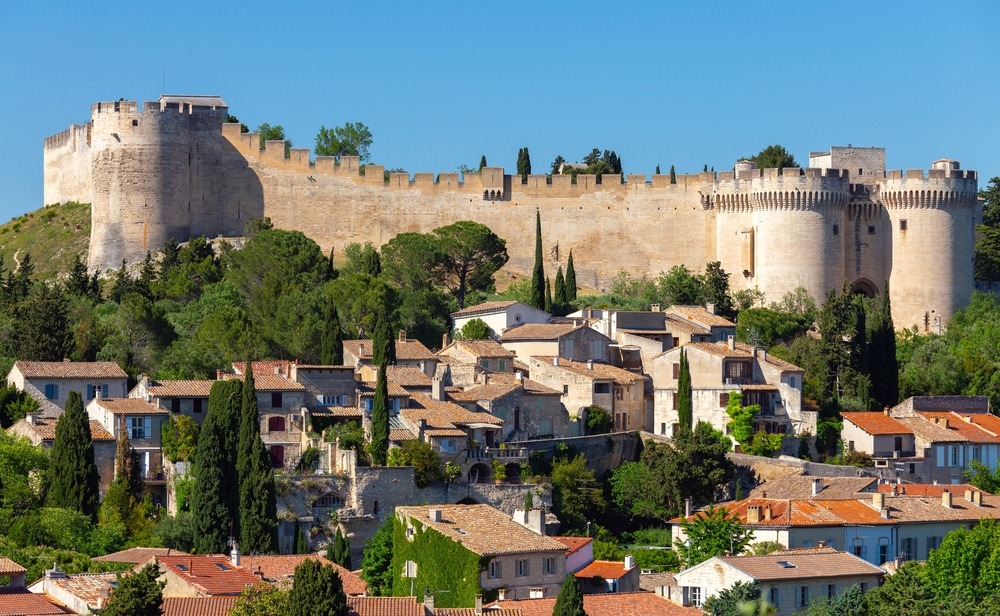
Inscribed in 1995, Avignon was the seat of the papacy in the 14th century, leaving behind the Palais des Papes, a fortress-like palace that symbolizes ecclesiastical power. The UNESCO listing also includes the Pont d’Avignon and the city’s medieval ramparts. Today, Avignon is famous for its theatre festival, combining historical significance with vibrant cultural expression.
Historic Rhodes, Greece
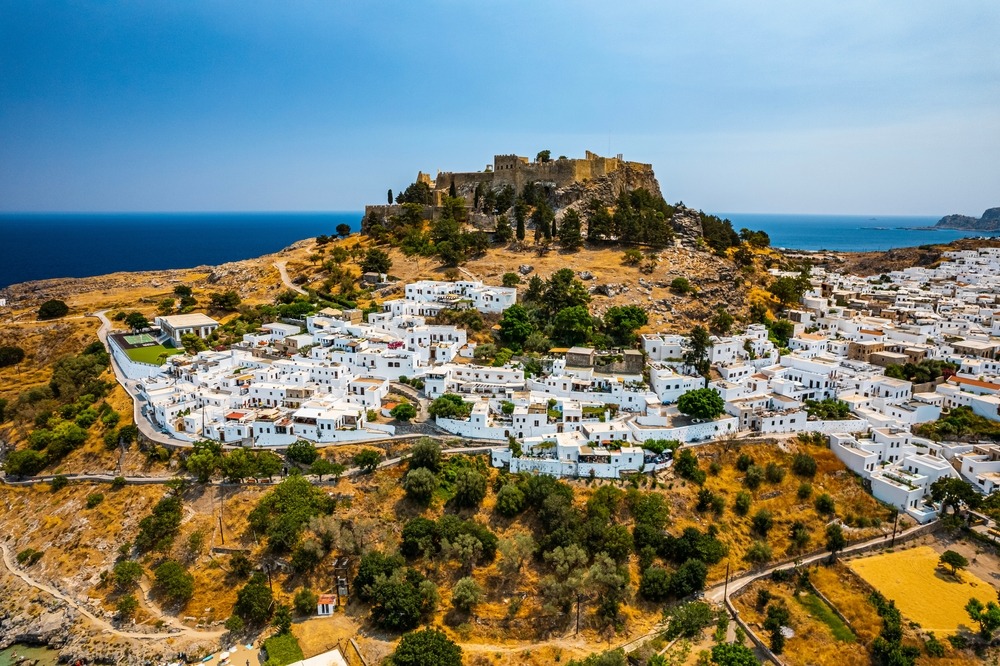
Recognized in 1988, Rhodes’ medieval city is a testimony to the Knights Hospitaller, who fortified the island against Ottoman advances. Its cobbled streets, Gothic palaces, and massive walls embody the military and religious history of the Crusader era. Visitors today walk through the Street of the Knights, admire the Palace of the Grand Master, and enjoy the island’s blend of heritage and Mediterranean beauty.
The Historic Areas of Split, Croatia
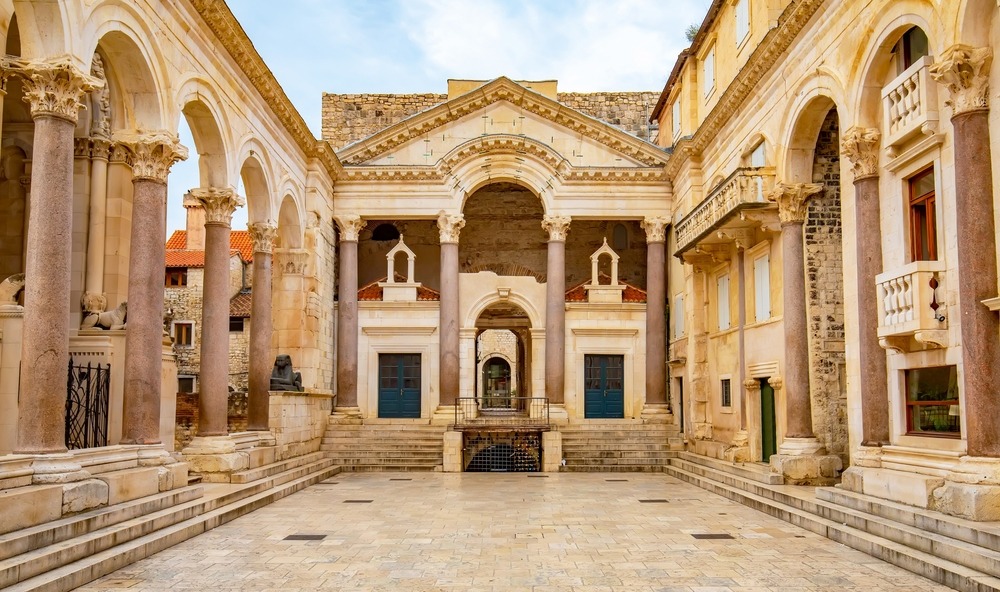
Inscribed in 1979, Split grew around the Palace of Roman Emperor Diocletian, one of the most remarkable surviving monuments of antiquity. Over centuries, the palace was transformed into a medieval town, blending Roman, Byzantine, and Venetian influences. Today, Split’s Old Town is a lively hub of markets, cafés, and tours that guide visitors through ancient cellars and sunlit courtyards.
The Historic City Center of Tallinn, Estonia

Added in 1997, Tallinn’s Old Town preserves the character of a Hanseatic trading city. Its UNESCO designation highlights its intact medieval urban fabric, with merchant houses, guild halls, and defensive walls. Tourists today climb Toompea Hill, stroll cobbled streets, and enjoy a city where history and modern life intertwine seamlessly.
The Historic City of Vilnius, Lithuania
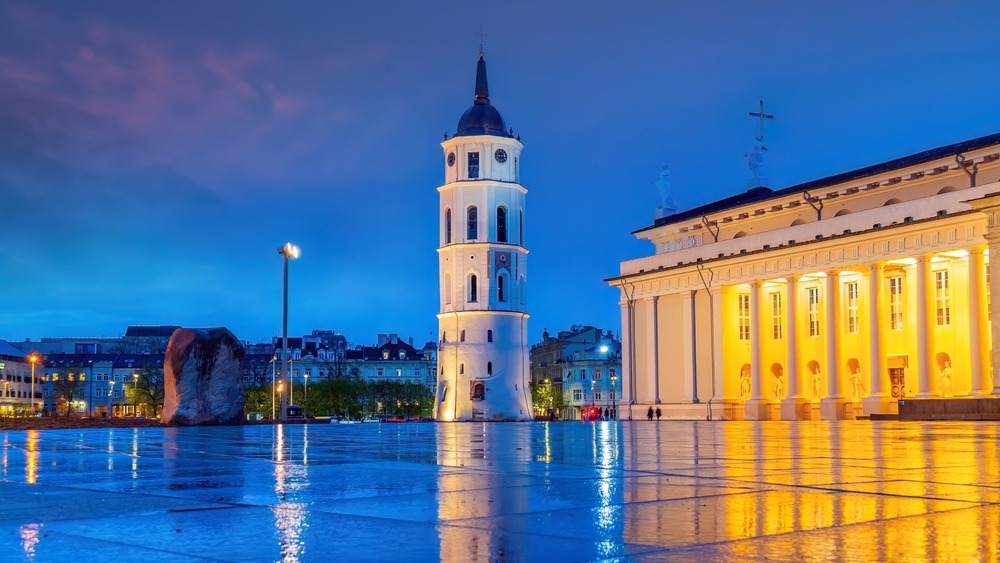
Recognized in 1994, Vilnius’ Old Town is one of the largest medieval centers in Eastern Europe, reflecting Gothic, Renaissance, Baroque, and Neoclassical styles. UNESCO emphasized its role as a melting pot of cultures and religions. Travelers today explore its churches, courtyards, and castle complexes while enjoying the youthful energy of Lithuania’s capital.
The Historic Old Town of Riga, Latvia
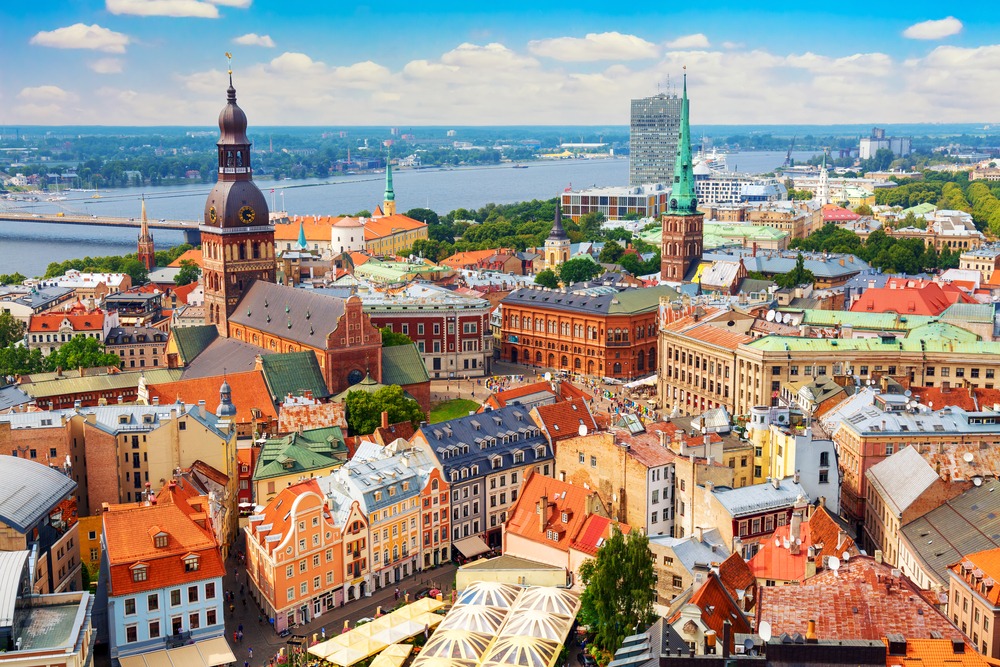
Inscribed in 1997, Riga was a major Hanseatic trading hub, and its Old Town blends medieval architecture with one of the richest collections of Art Nouveau buildings in Europe. UNESCO highlighted this extraordinary diversity of design. Visitors today tour its grand boulevards, climb St. Peter’s Church tower, and discover a Baltic capital steeped in culture.
Historic Bergen, Norway

Inscribed in 1979, Bergen’s Bryggen Wharf represents the legacy of the Hanseatic League, a powerful network of trading cities. The colorful wooden warehouses reflect medieval commercial traditions. Today, Bryggen is a lively area of shops, museums, and cafés, where travelers experience Norway’s maritime heritage.
The Historic City of Ohrid, North Macedonia
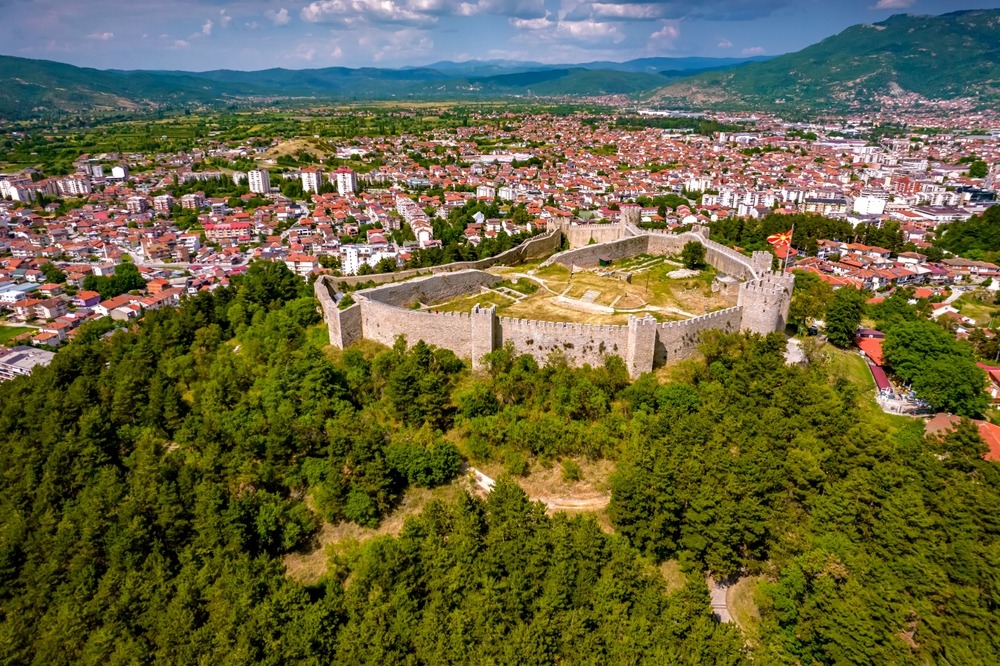
Added in 1979, Ohrid is one of Europe’s oldest human settlements. Its churches, monasteries, and fortress reflect its role as a spiritual and cultural center of the Balkans. UNESCO also protects Lake Ohrid for its biodiversity. Travelers today explore its lakeside promenades, Byzantine frescoes, and vibrant blend of history and natural beauty.
Historic Meteora, Greece
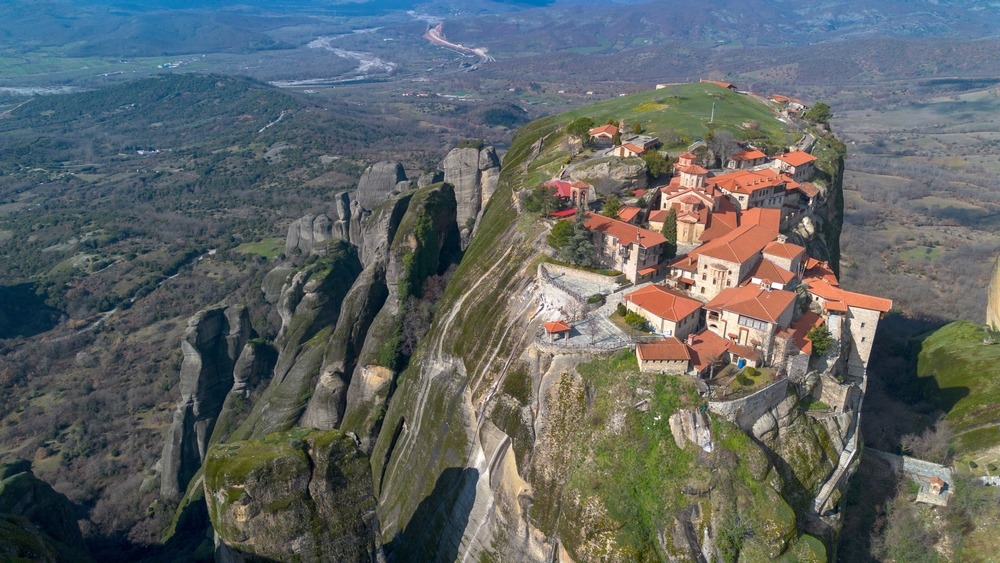
Recognized in 1988, Meteora is famed for its monasteries perched atop towering rock pillars. The site reflects centuries of Orthodox monastic life and a striking blend of natural and cultural elements. Visitors today hike trails, climb to monasteries, and admire panoramic views that make Meteora one of Greece’s most spectacular destinations.
The Historic Aachen Cathedral, Germany
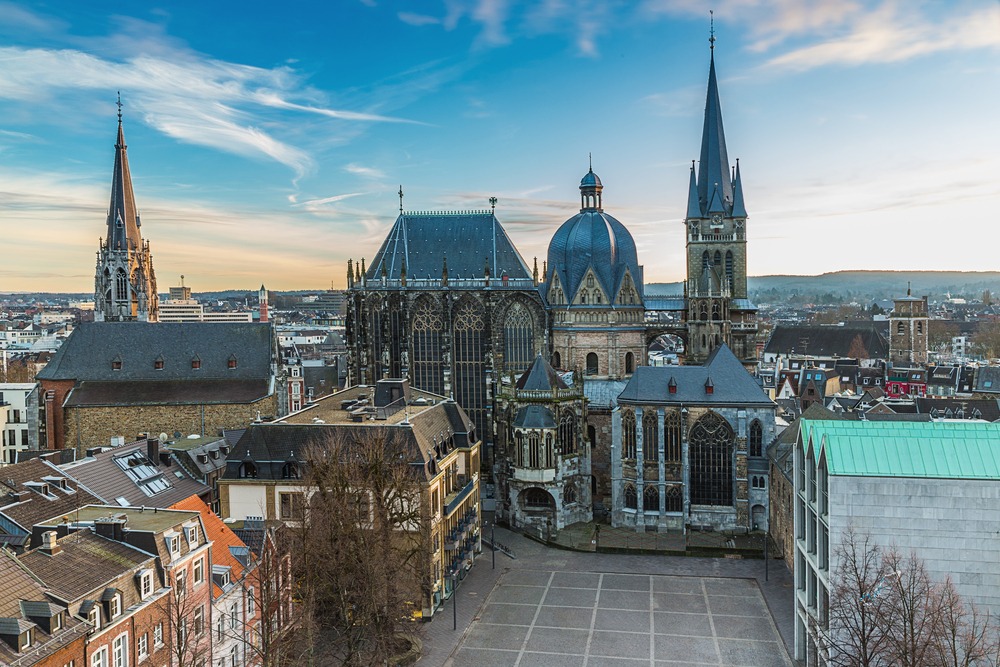
Inscribed in 1978, Aachen Cathedral was Charlemagne’s palace chapel and a center of Carolingian Europe. Its architecture reflects a fusion of classical and northern traditions, influencing centuries of church design. Visitors today admire its mosaics, treasury, and the legacy of one of Europe’s greatest rulers.
The Historic Cologne Cathedral, Germany
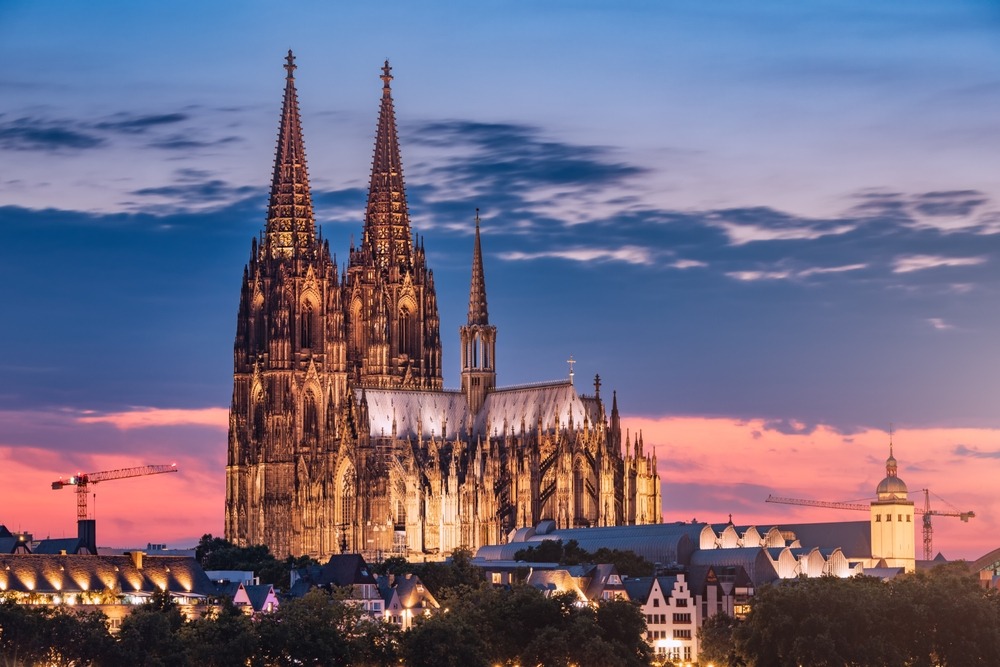
Recognized in 1996, Cologne Cathedral is a masterpiece of Gothic architecture, with twin spires that dominate the skyline. It took centuries to complete, and its scale reflects both religious devotion and civic pride. Today, Cologne Cathedral is one of Germany’s most visited landmarks, drawing pilgrims and tourists alike.
The Enduring Legacy of Europe’s UNESCO World Heritage Sites
Europe’s UNESCO World Heritage Sites form a living museum of humanity’s greatest achievements, from prehistoric monuments to Renaissance palaces, from medieval cityscapes to natural landscapes shaped over millennia. Each site tells a story not only of artistic brilliance or historical power but also of resilience and continuity. UNESCO’s recognition has ensured that these treasures are not only preserved but celebrated, serving as cultural anchors for local communities and sources of inspiration for visitors worldwide.
For today’s traveler, exploring Europe’s World Heritage Sites is more than sightseeing — it is an opportunity to connect with the shared human past, to walk where empires rose and fell, and to stand in awe of creations that transcend time. Whether through guided tours, river cruises, or independent journeys, these sites remind us of the richness of our collective heritage and the responsibility we carry to protect it.


